If visiting Warsaw, the Warsaw Uprising Museum is a must to discover the hardship of the Polish during World War II. The Polish Underground Resistance initiated the uprising on August 1, 1944 as part of an anti-Nazi operation. This started a 63 day struggle of the Warsaw underground against the Nazis. Outside one experiences various images and paintings dedicated to those who died and the names of the people who served on the marble wall. The underground did not have enough weapons and most sacrificed their lives for the belief in saving Warsaw. Over 200,000 Polish citizens died.
Warsaw was one of the most damaged cities during World War II, so much of what you see today in Old Town was rebuilt post war. Inside the museum, one sees images of the destruction as well as exploring various artillery used by the Poles. The Nazis destroyed about 85% of Warsaw including prominent cultural sites and centers such as St. John's Cathedral, the medieval Old Town and the Royal Castle.
Location: Grzybowska 79 Street
Throughout Old Town travelers notice a variety of plaques and markings that signify "special events" that occurred, or people who lived in these buildings that sacrificed their life during World War Two. Fragments of the Jewish Ghetto wall is marked on the ground with a plaque that outlines a former wall between the ghetto and the "Aryan" part of town.
The three best known parts of the ghetto are in the courtyards in 55 Sienna and 62 Złota Streets, and at 11 Waliców Street.
Waliców Street on Wola district contains the now abandon and ruined Jewish tenement house XIX Century. The Nazis bombed the house after the Warsaw Ghetto Uprising. The house was part of the Jewish ghetto between 1940 to 1942. Residents of the house included the popular Jewish poet, Władysław Szlengel and an opera singer, photographer and journalist Menachem Kipnis.
Location: Waliców 14 Street and Waliców 9/11 Street
Located in the Ministry of Education, this now museum once housed the headquarters of the Gestapo during Nazi occupation. This building was used as an interrogation center and the site where many Polish people were killed and tortured. Here mass executions also took place during the Warsaw Uprising. The basement stays to its original form where visitors see the many writings on the wall of past prisoners.
The entry ticket also allows access to the The Pawiak Prison
Location: Aleja Szucha 25
The Pawiak Prison
Opened in 1836 as a political prison, the Russians created this prison who occupied Polish territory until 1915. The Nazis used this prison for the same purposes and some 100,000 Polish people died here. Approximately 37,000 were shot onsite and some 60,000 died in concentration camps. The Germans bombed the prison during the Uprising in 1944.
The Tomb of an Unknown Solider
Warsaw dedicated this tomb to the soldiers who passed during World War I. During World War II, the Nazis bombed this tomb during the bomb raids in December 1944, which was rebuilt after the war.
This Lemon Tree article is now featured on GPSmyCity. To download this article for offline reading or travel directions to the attractions highlighted in this article, go to Must Visit World War II Sites in Warsaw, Poland.

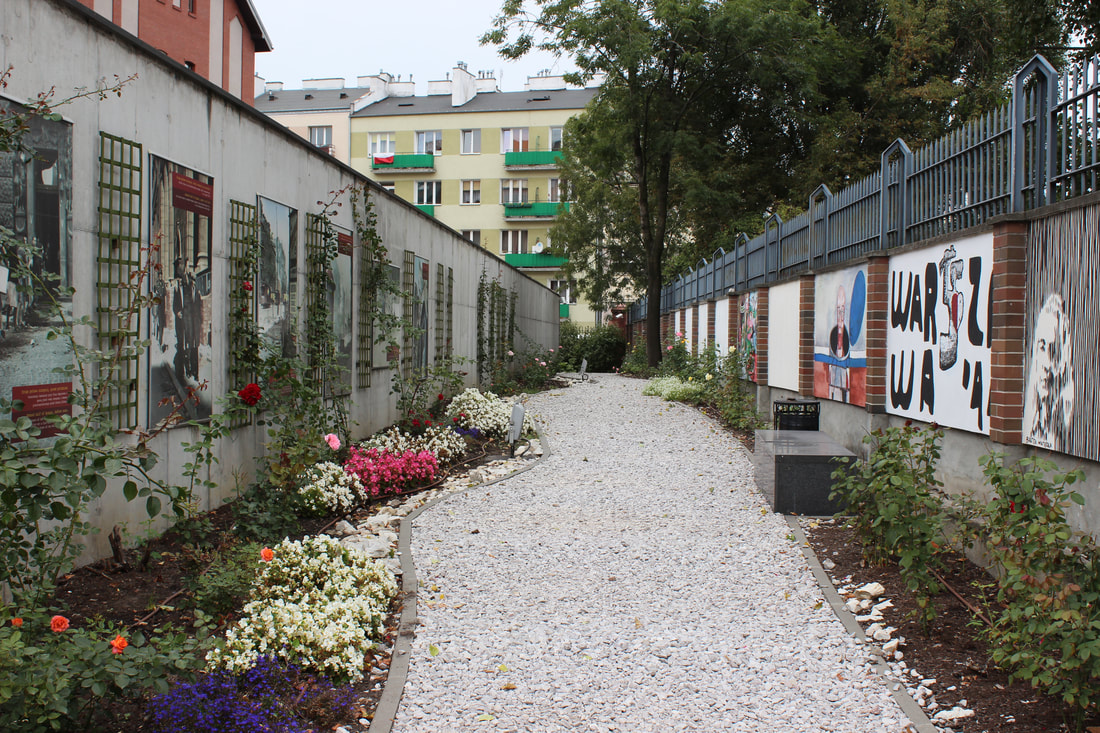
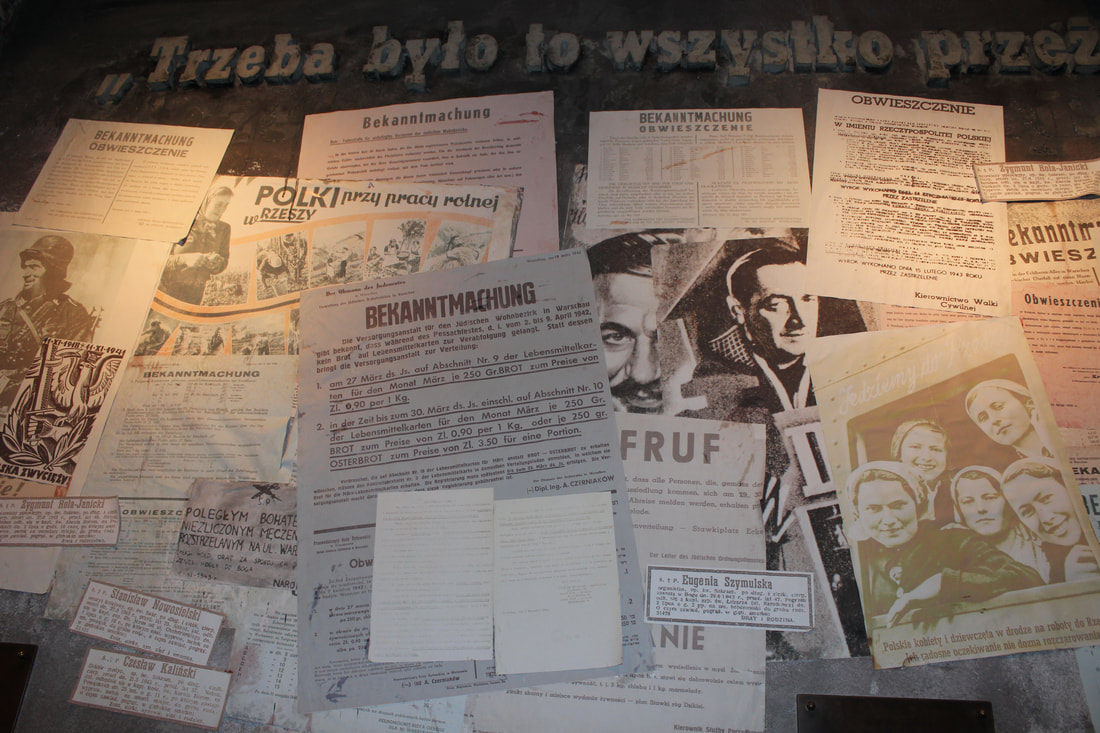

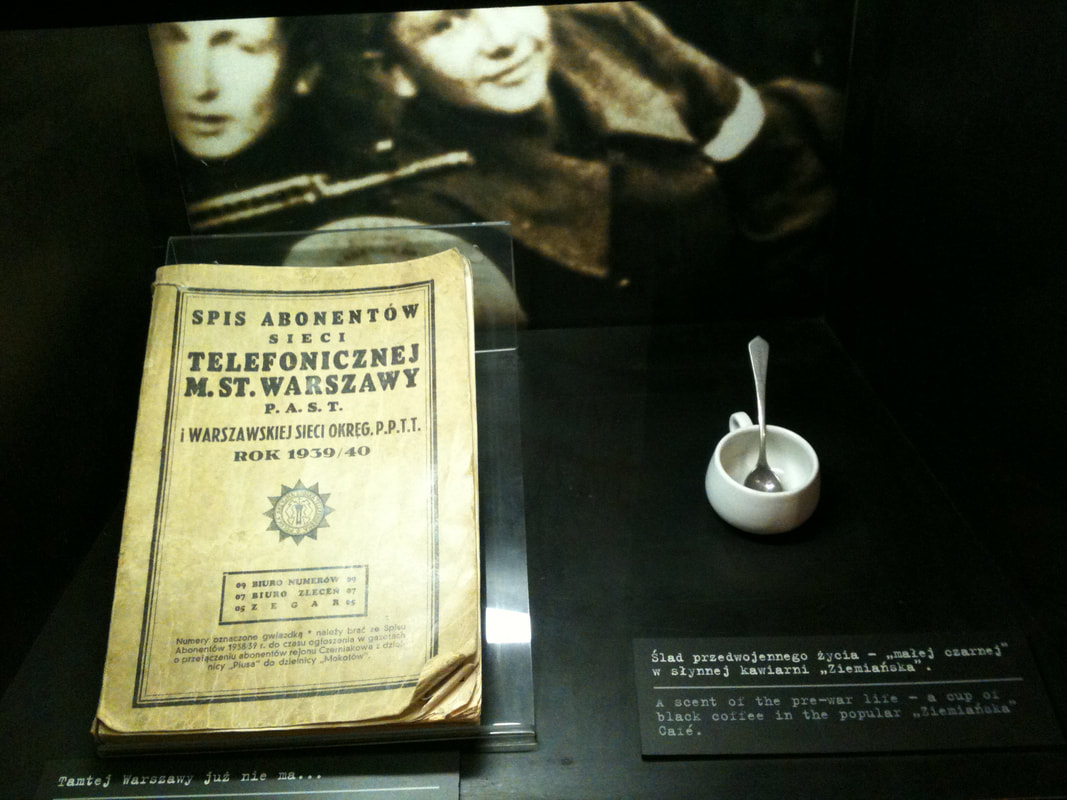
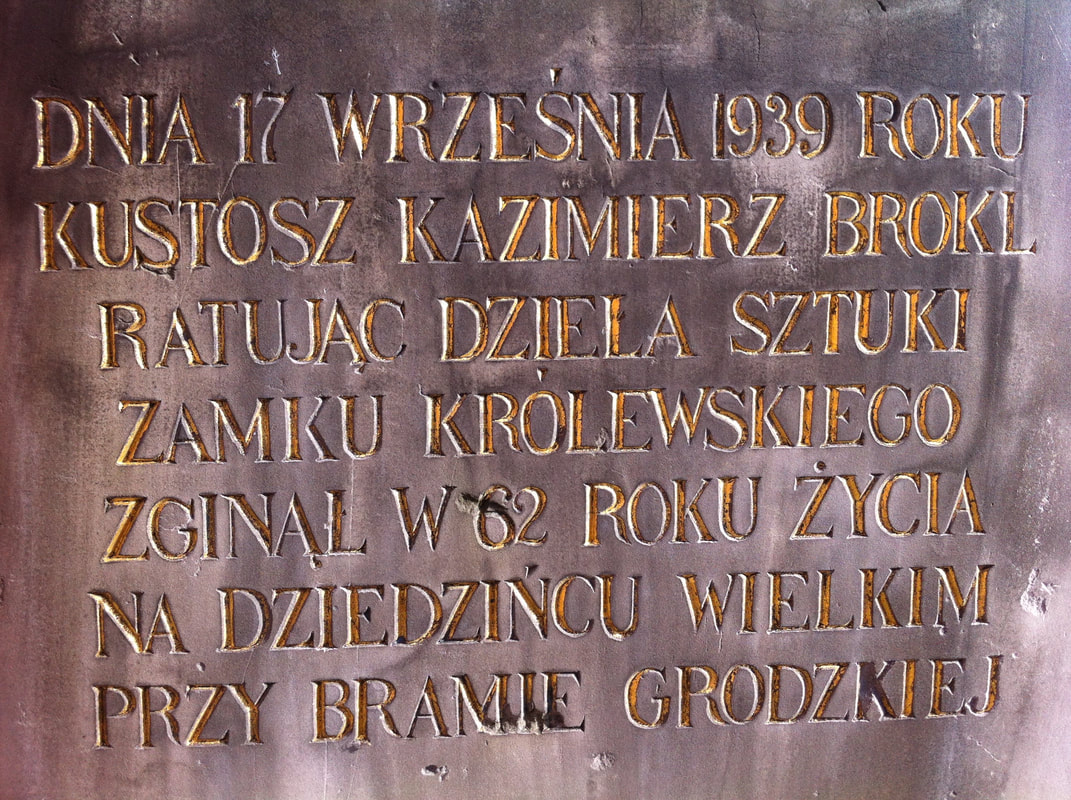
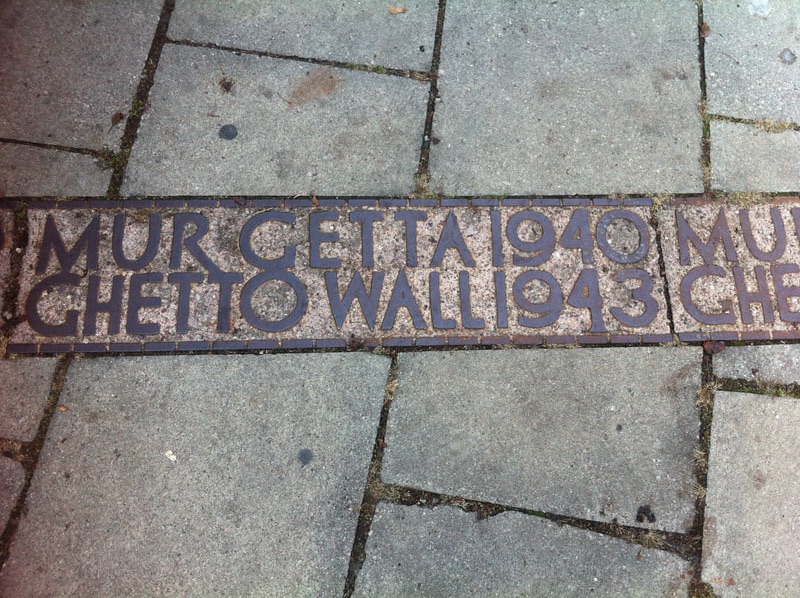
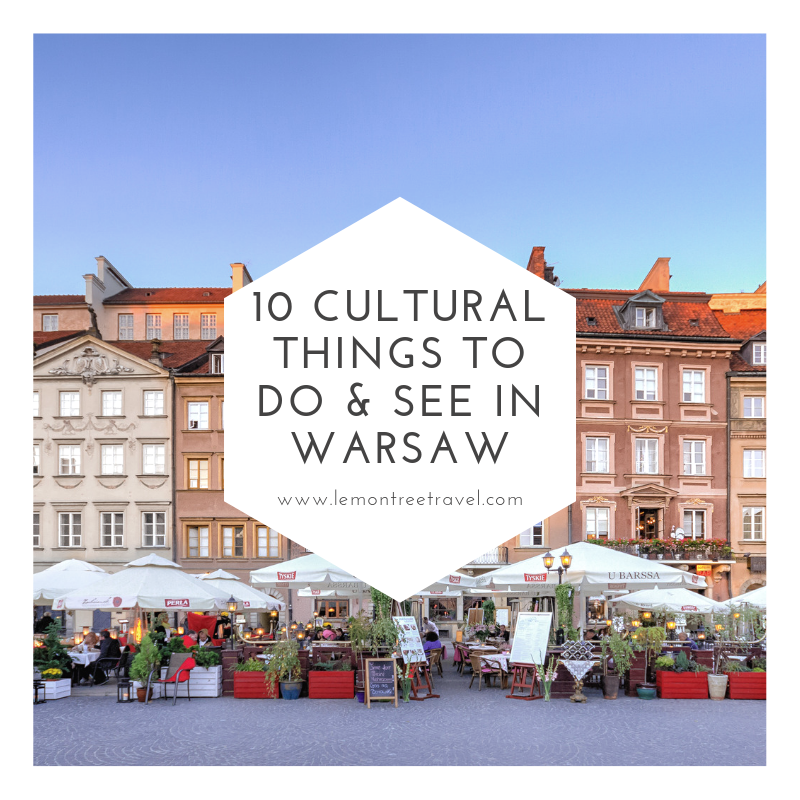
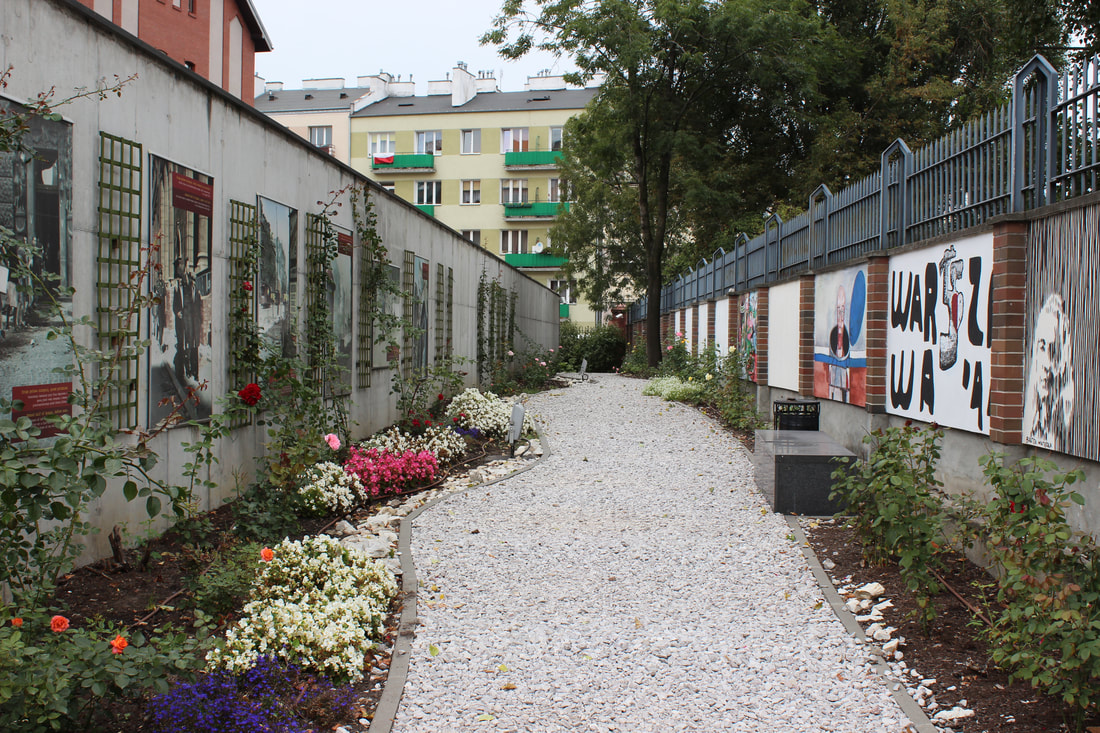
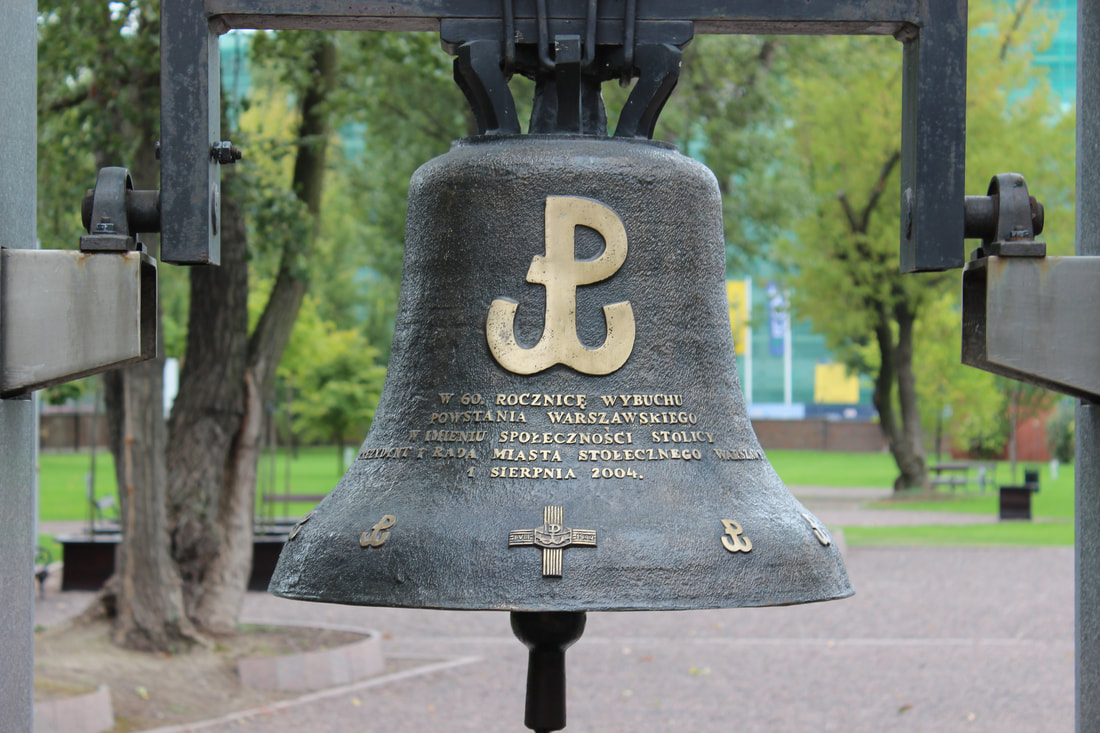
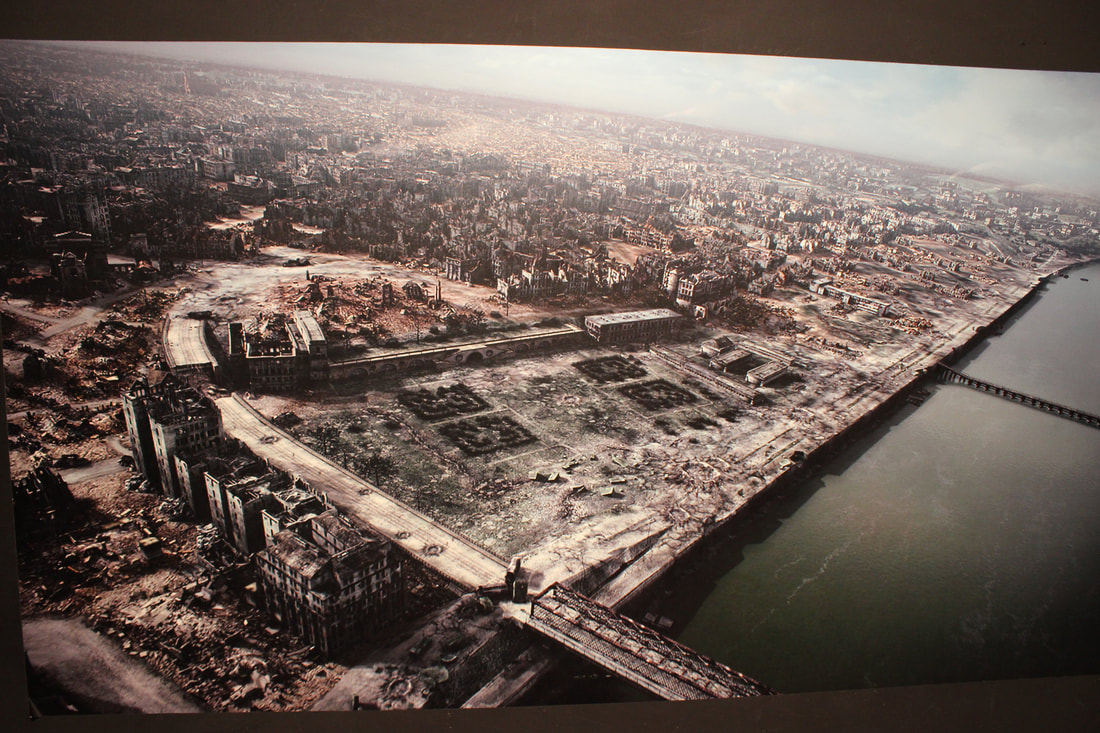
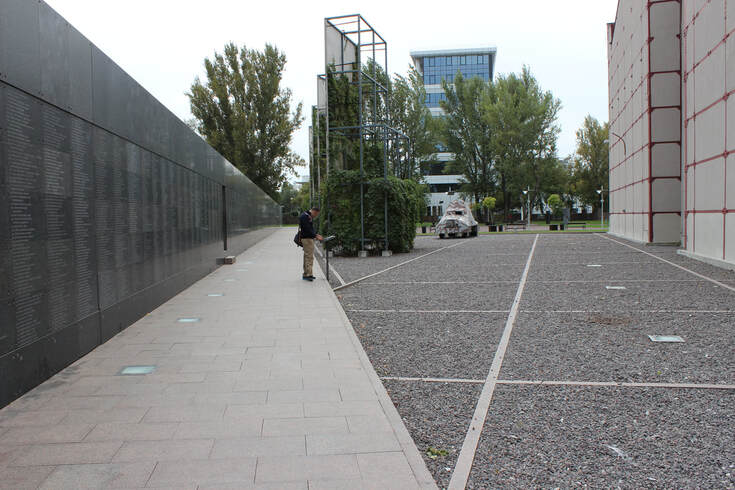
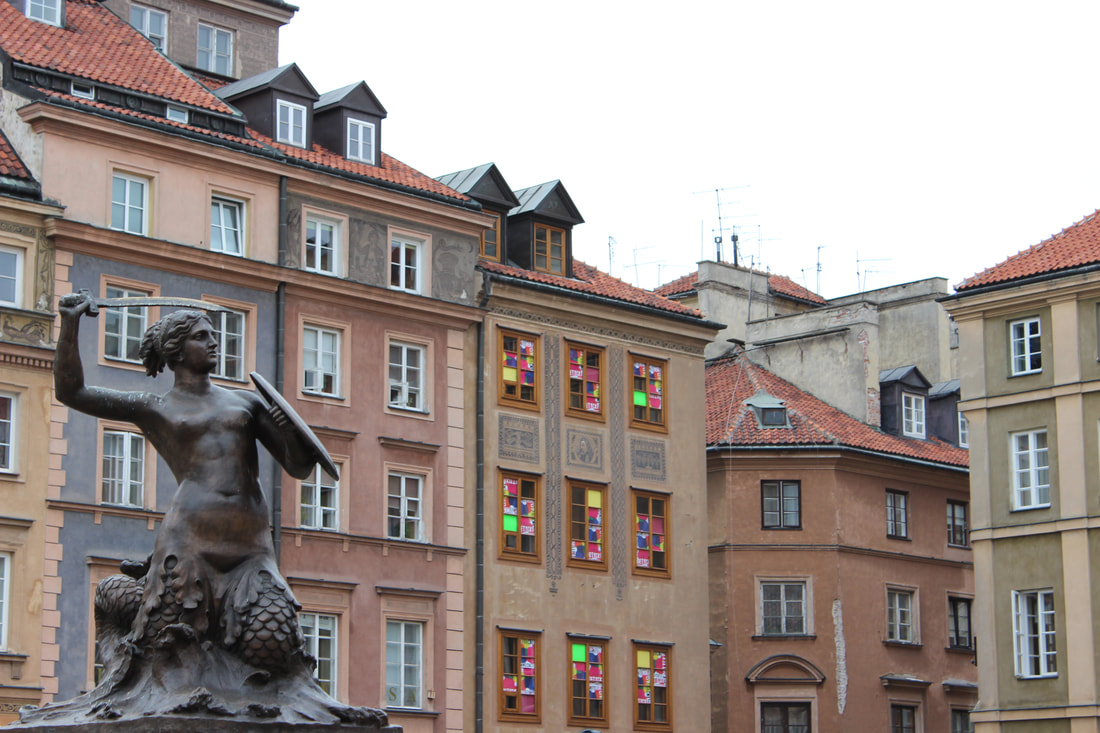
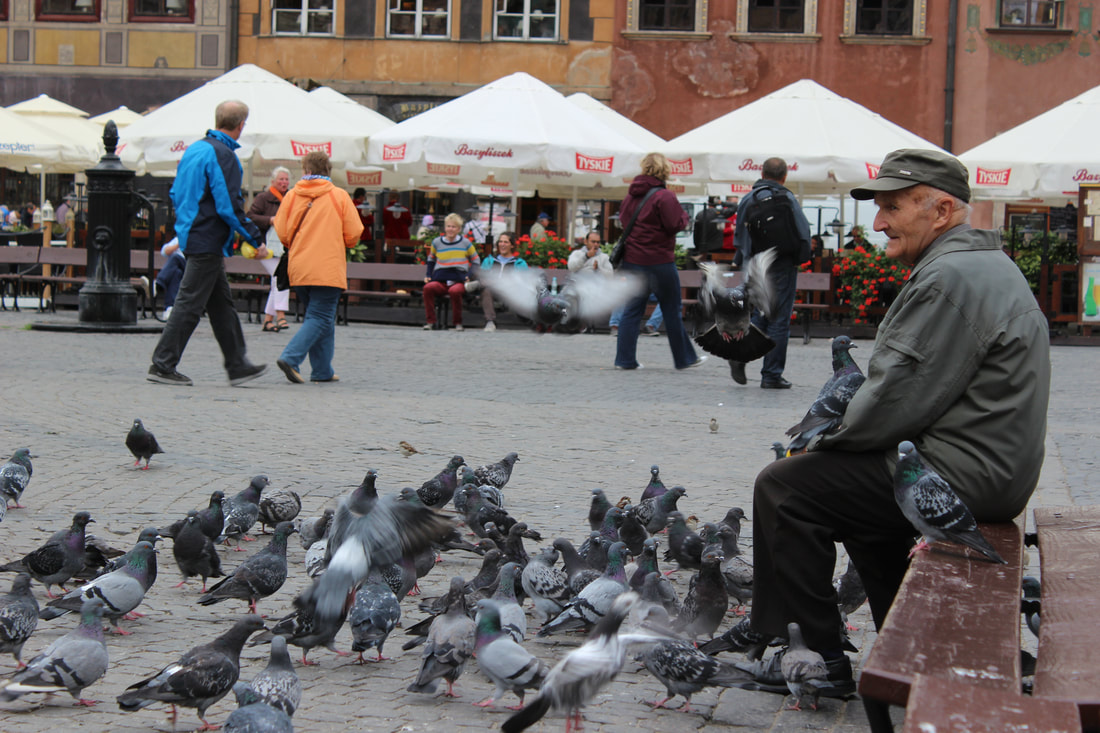
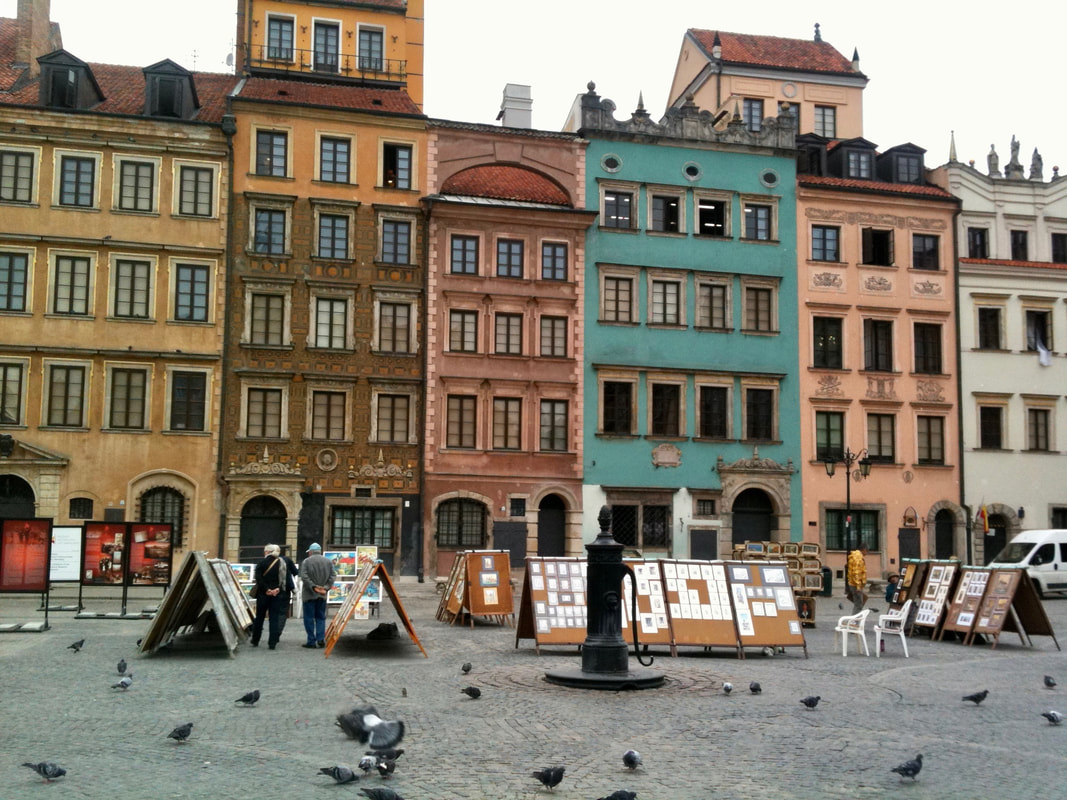

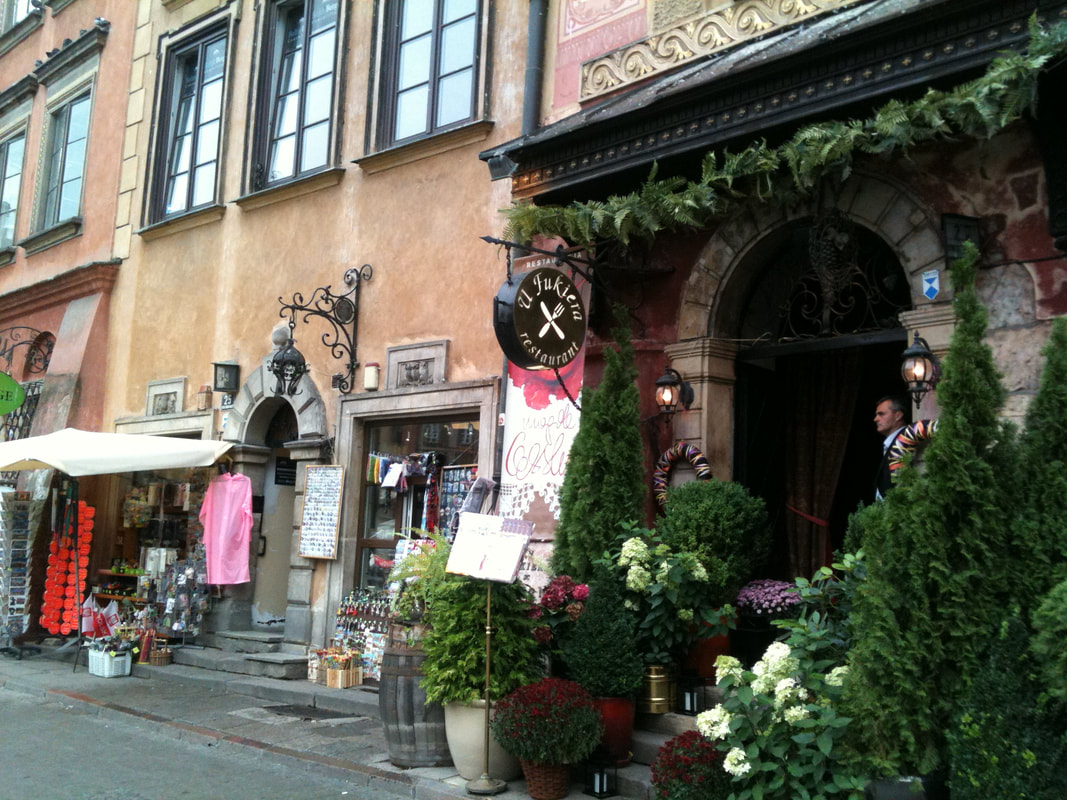
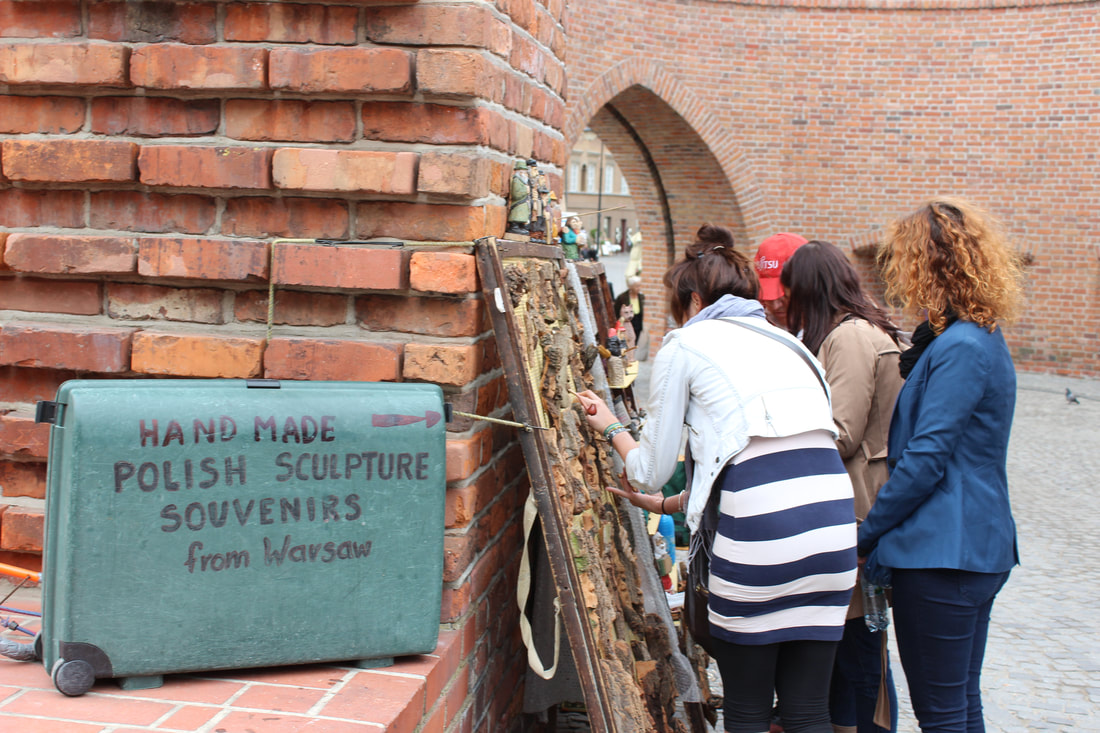
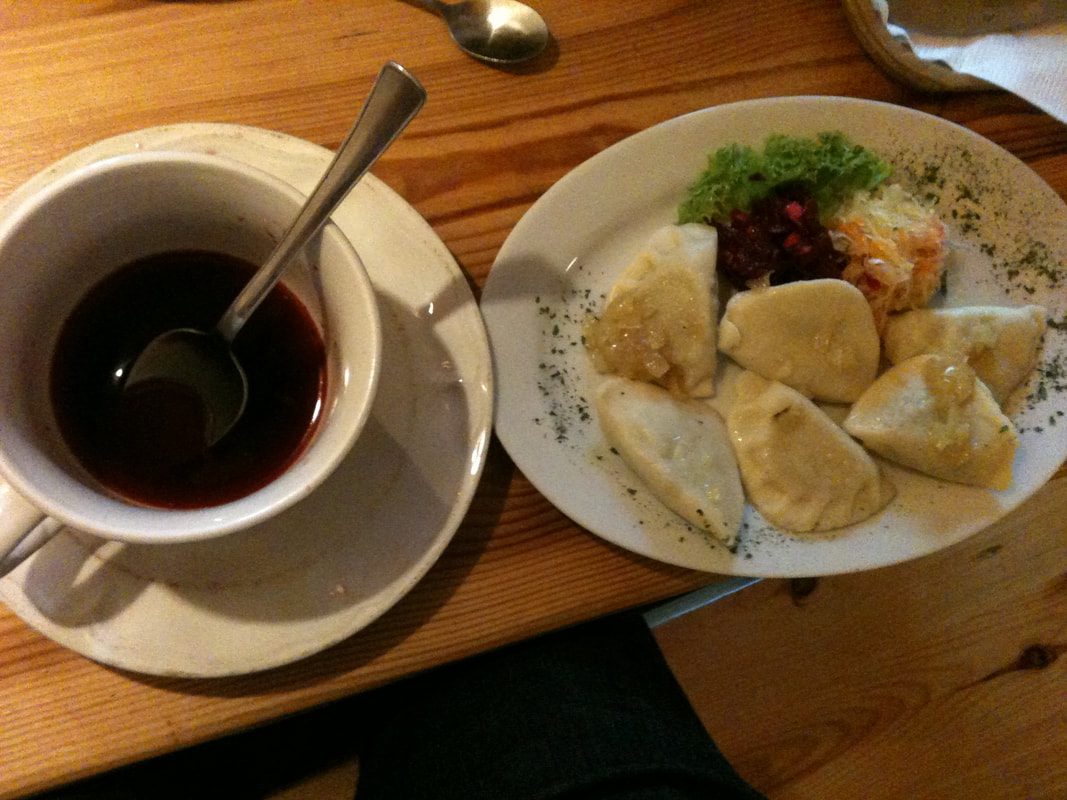
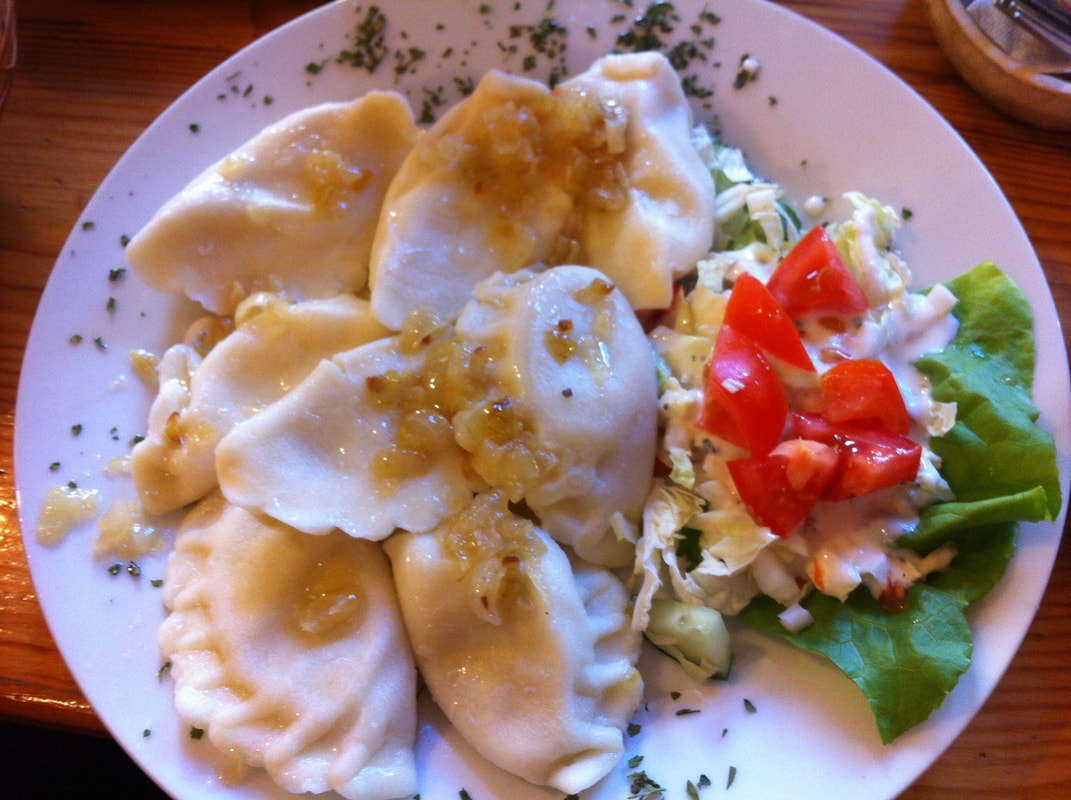
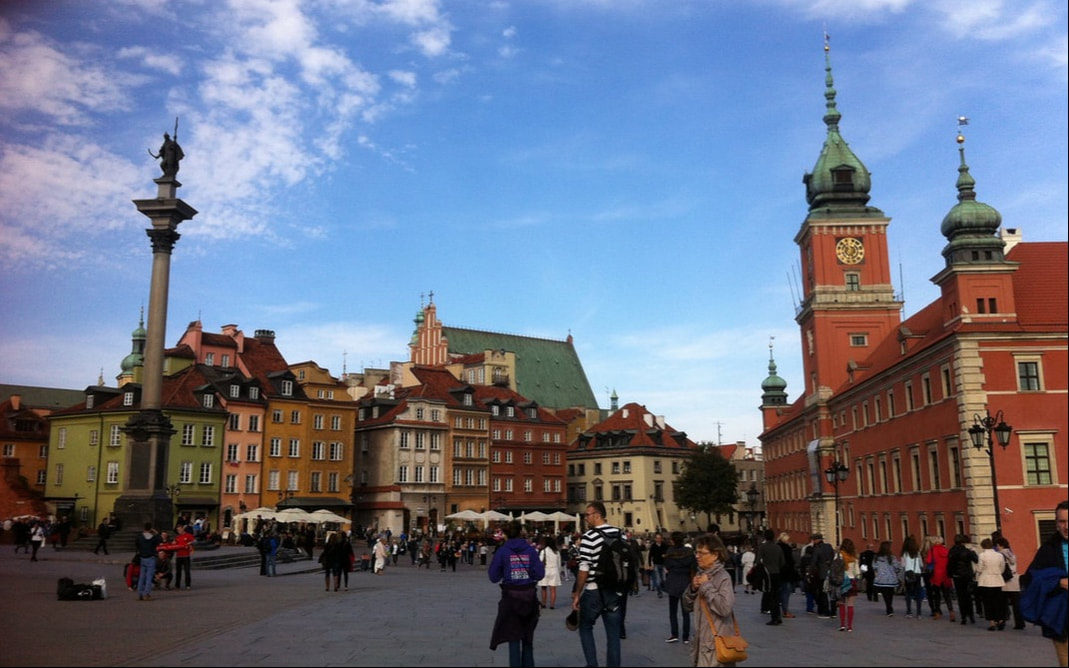
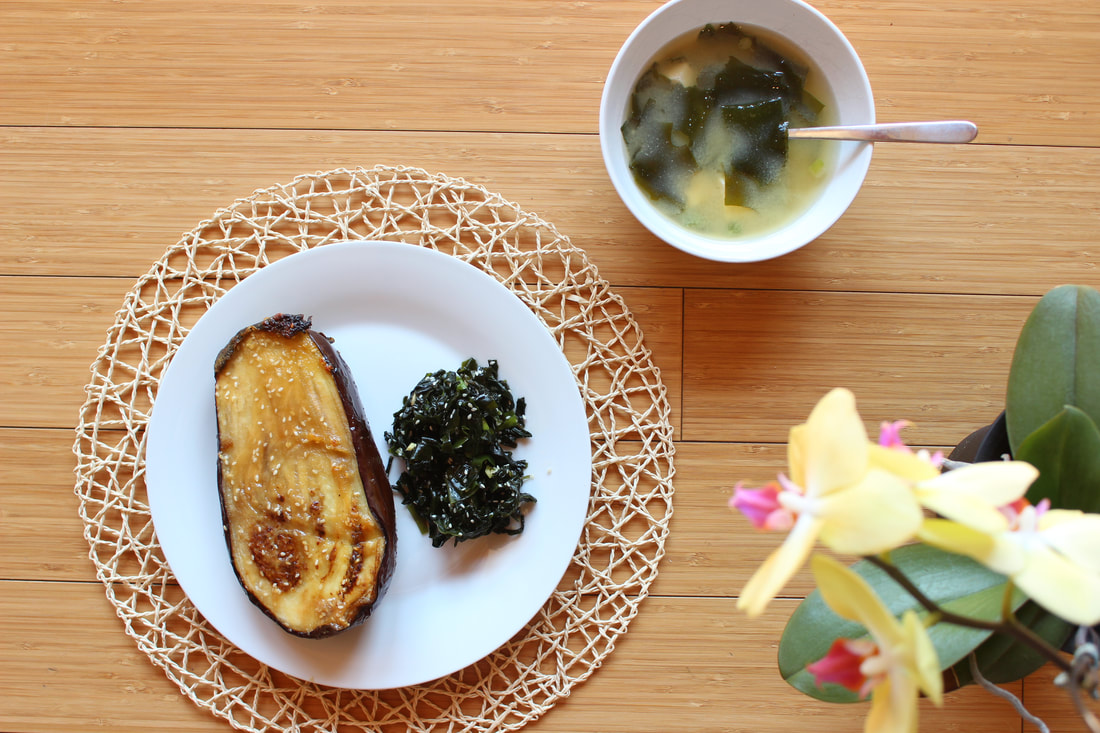

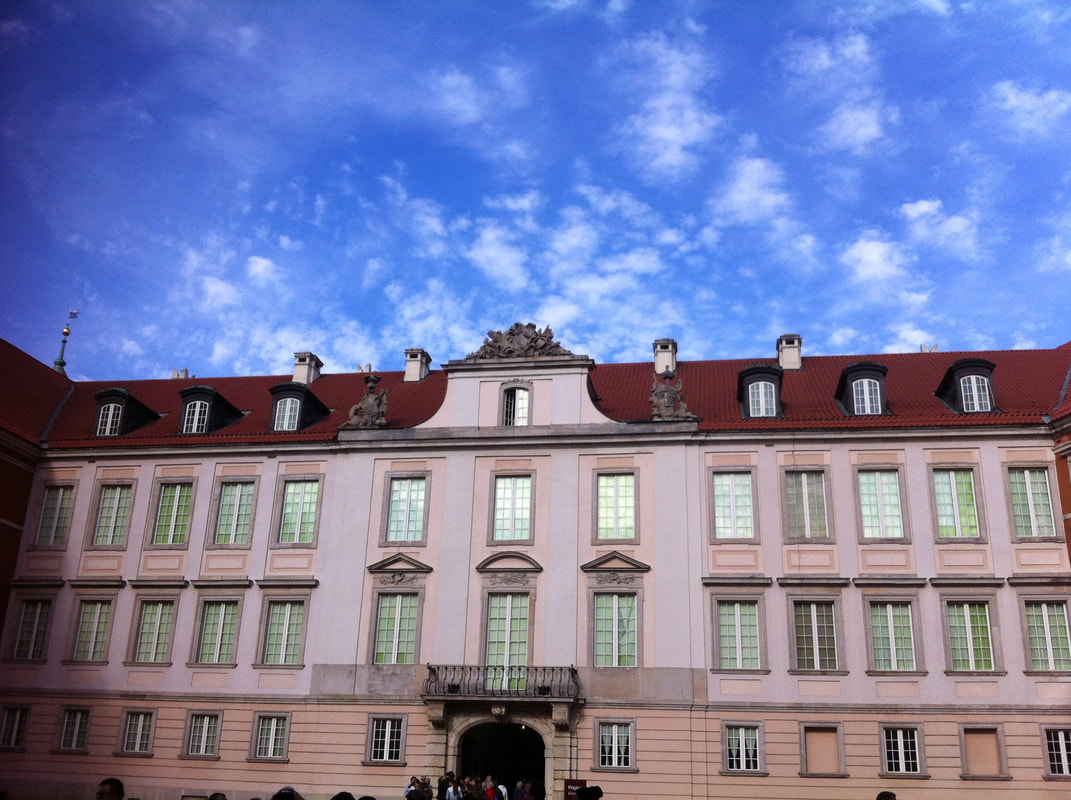
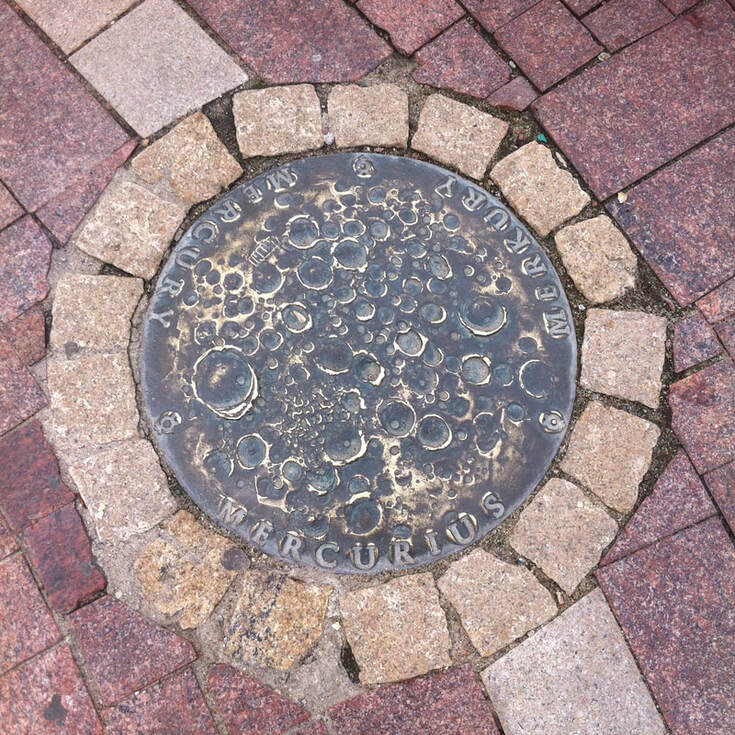
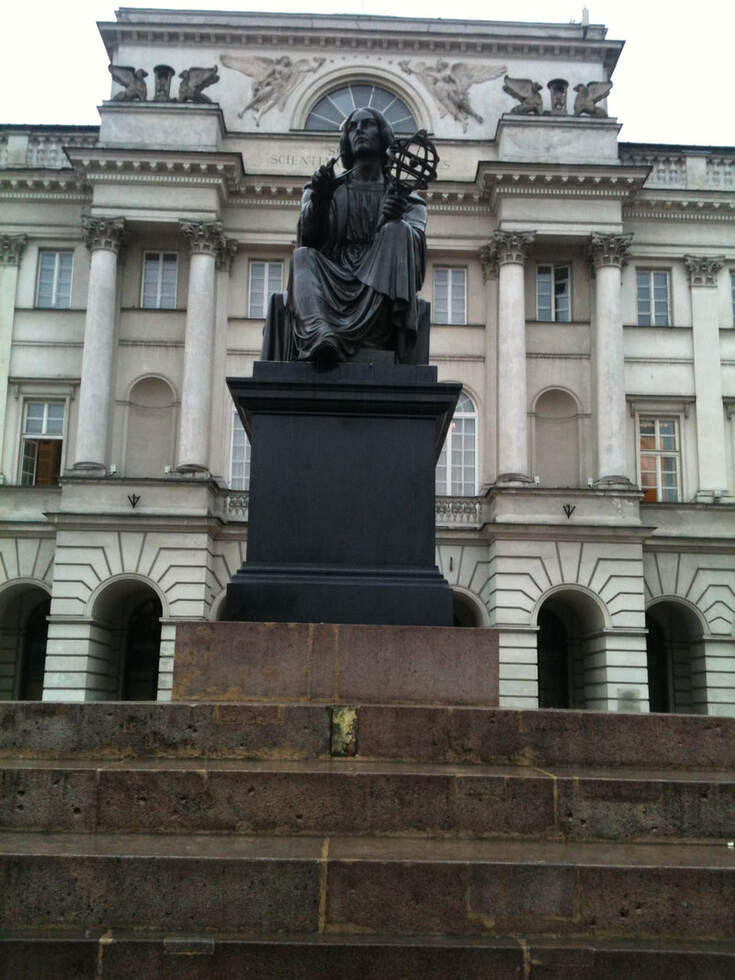
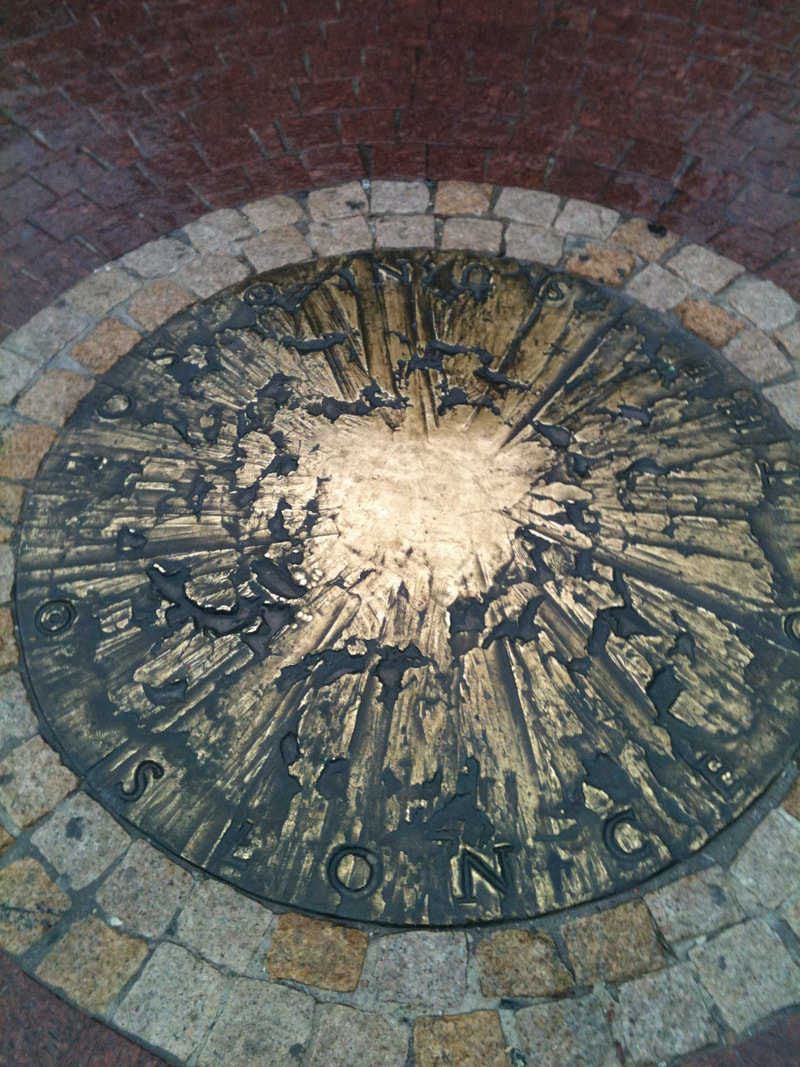
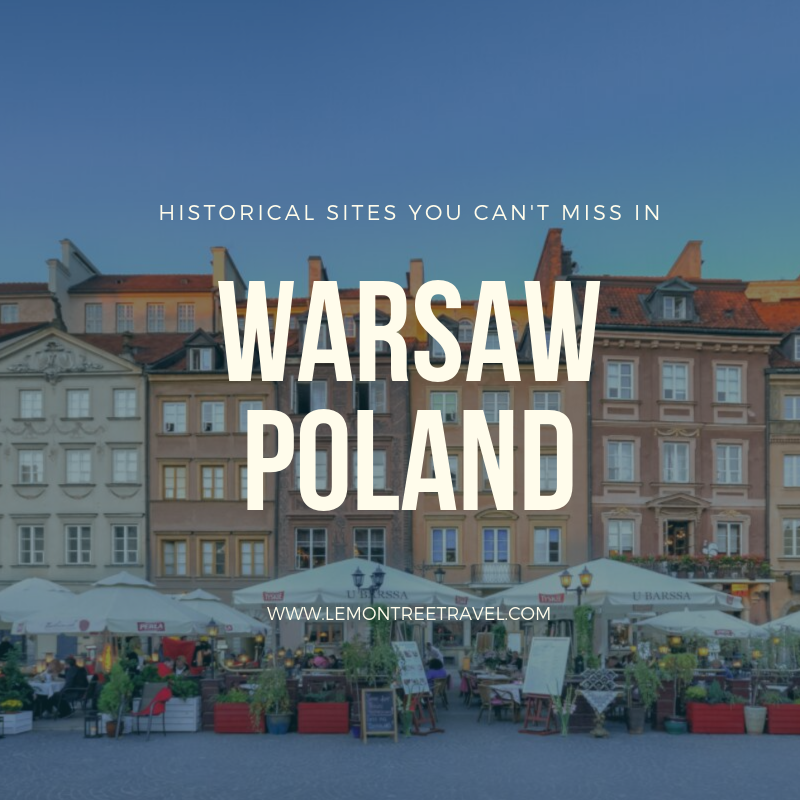
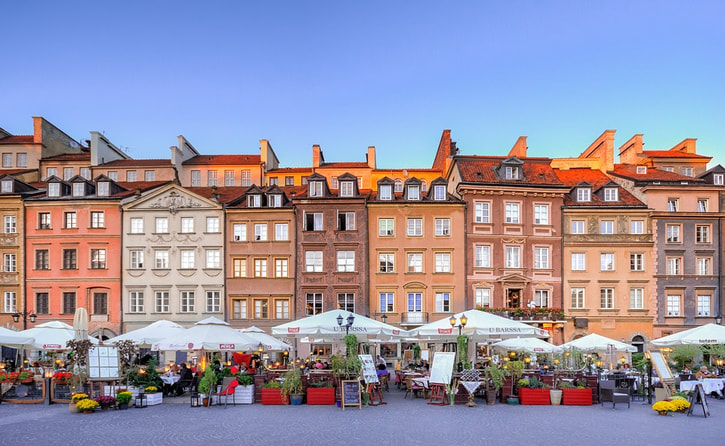
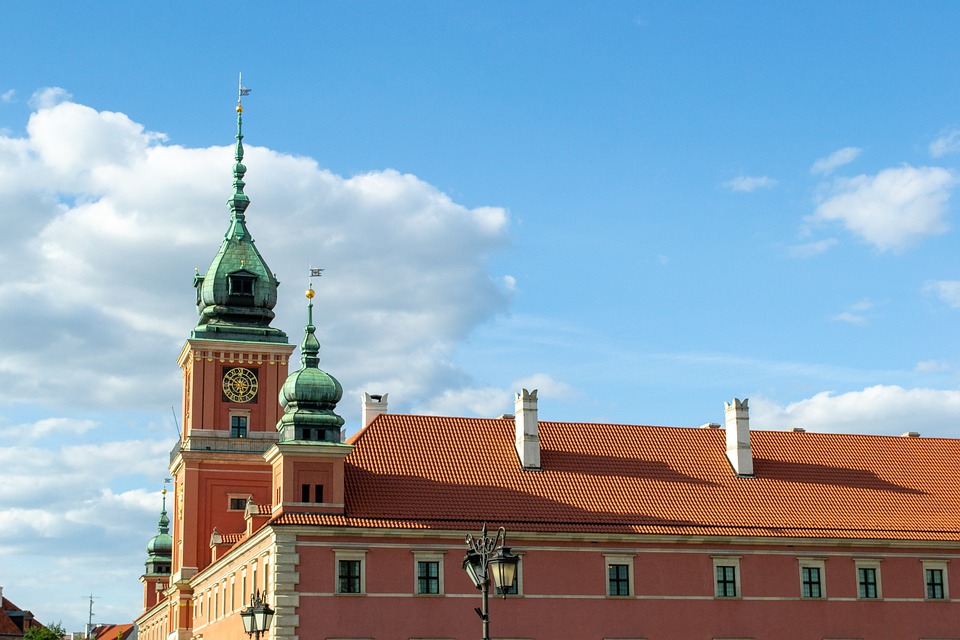
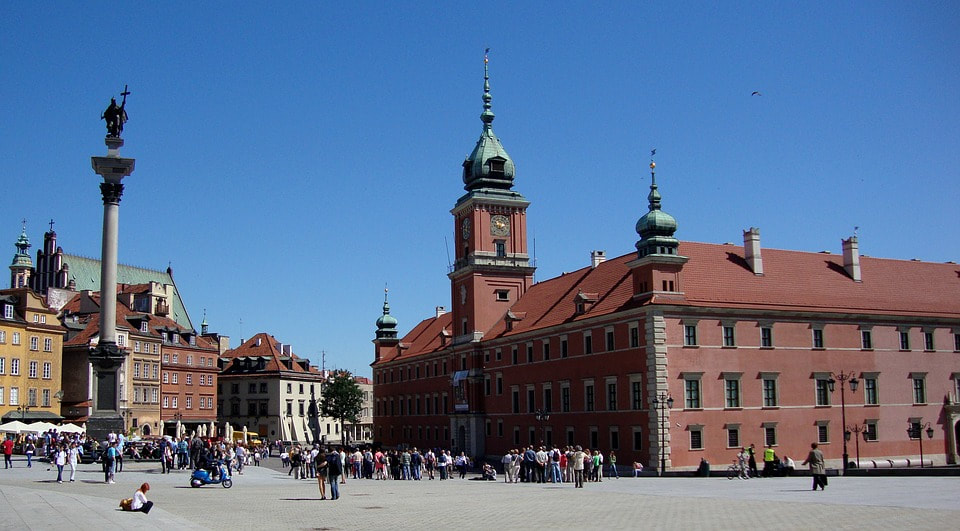
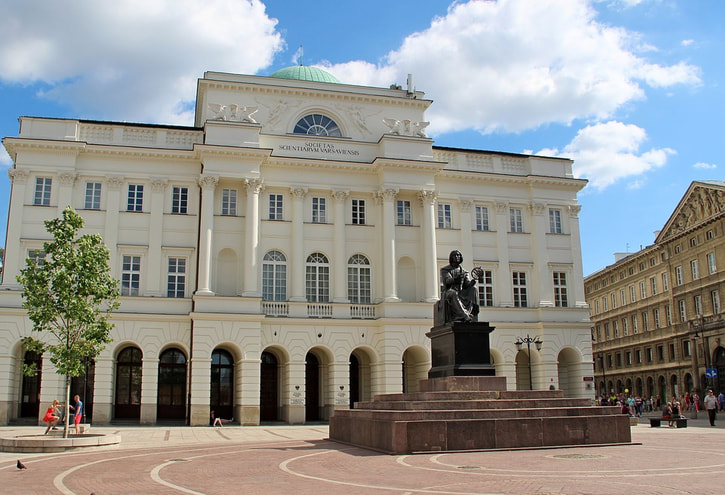
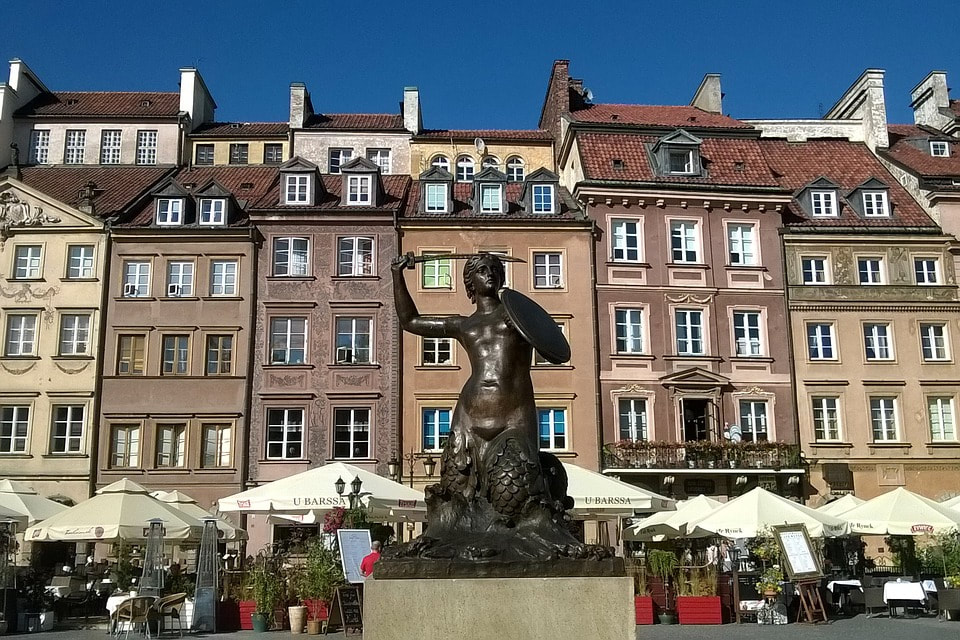
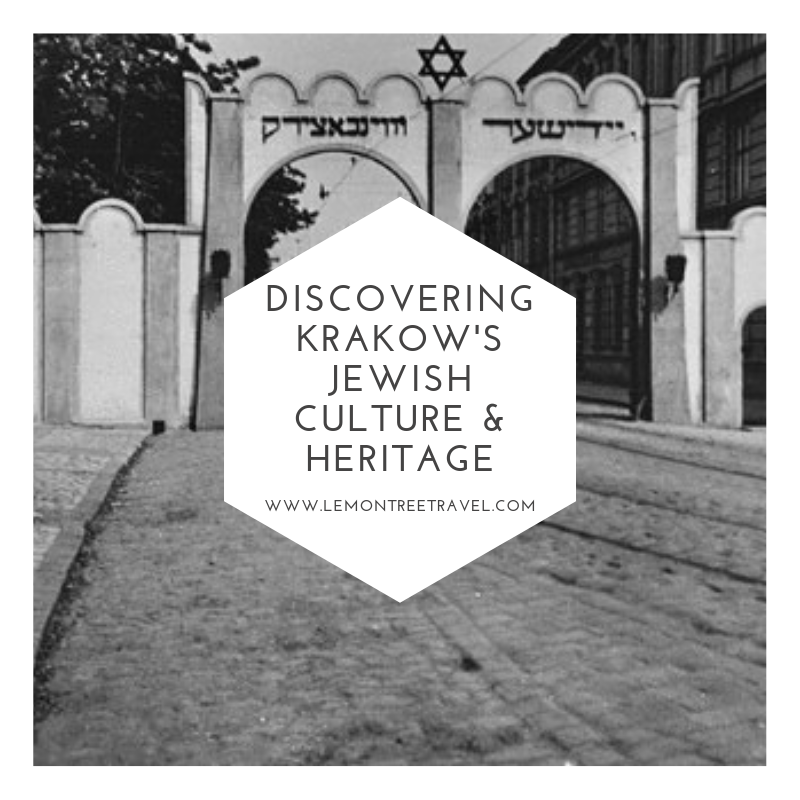
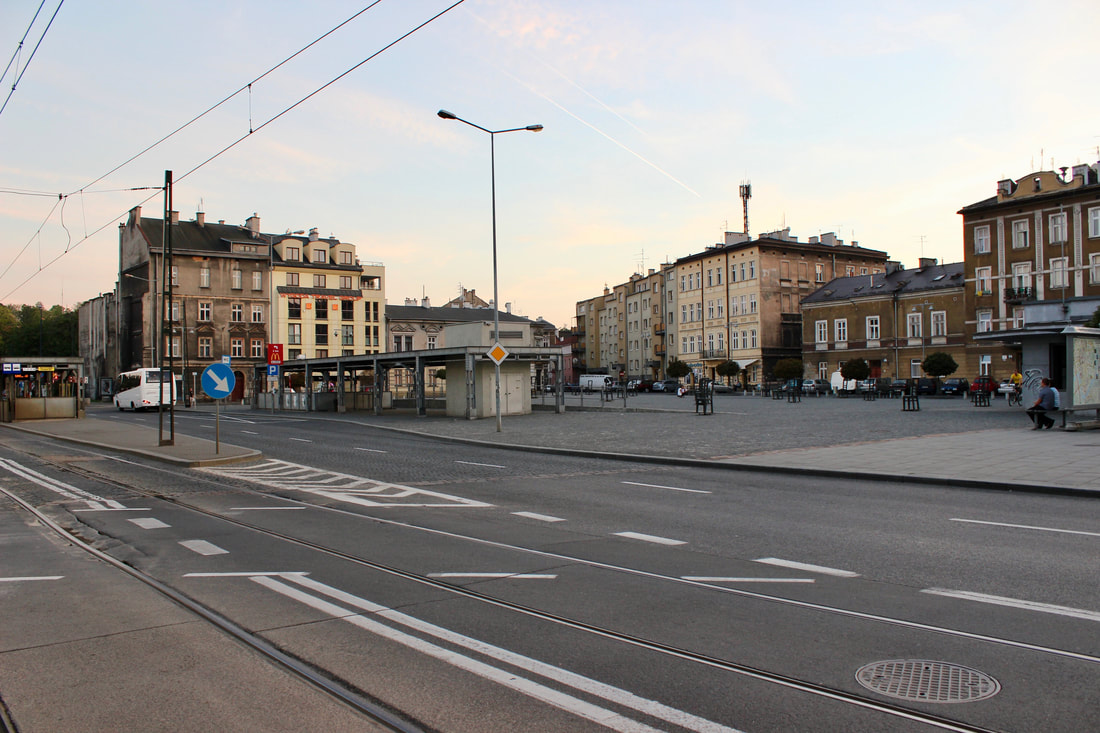
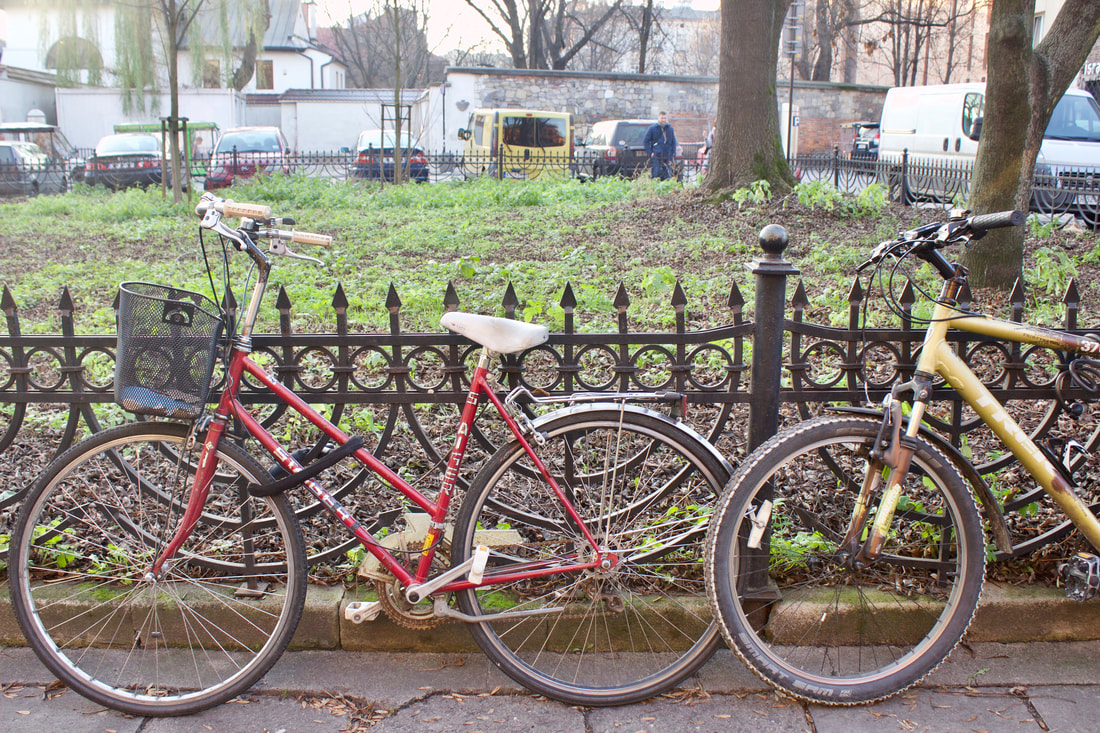
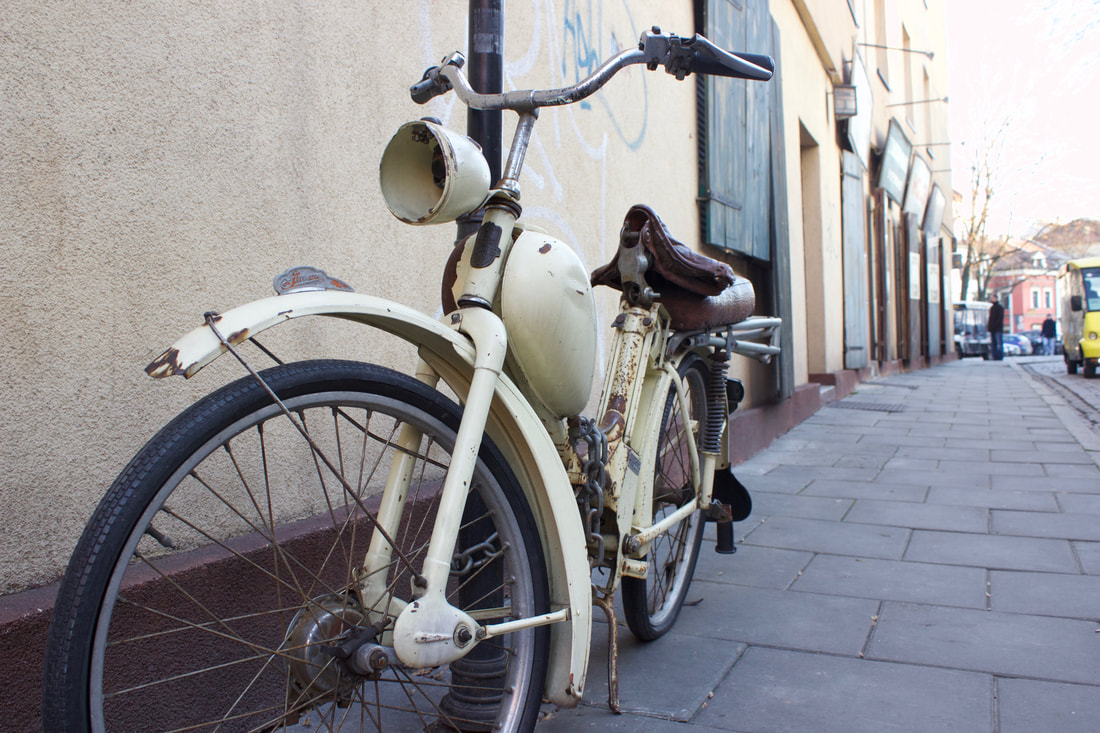
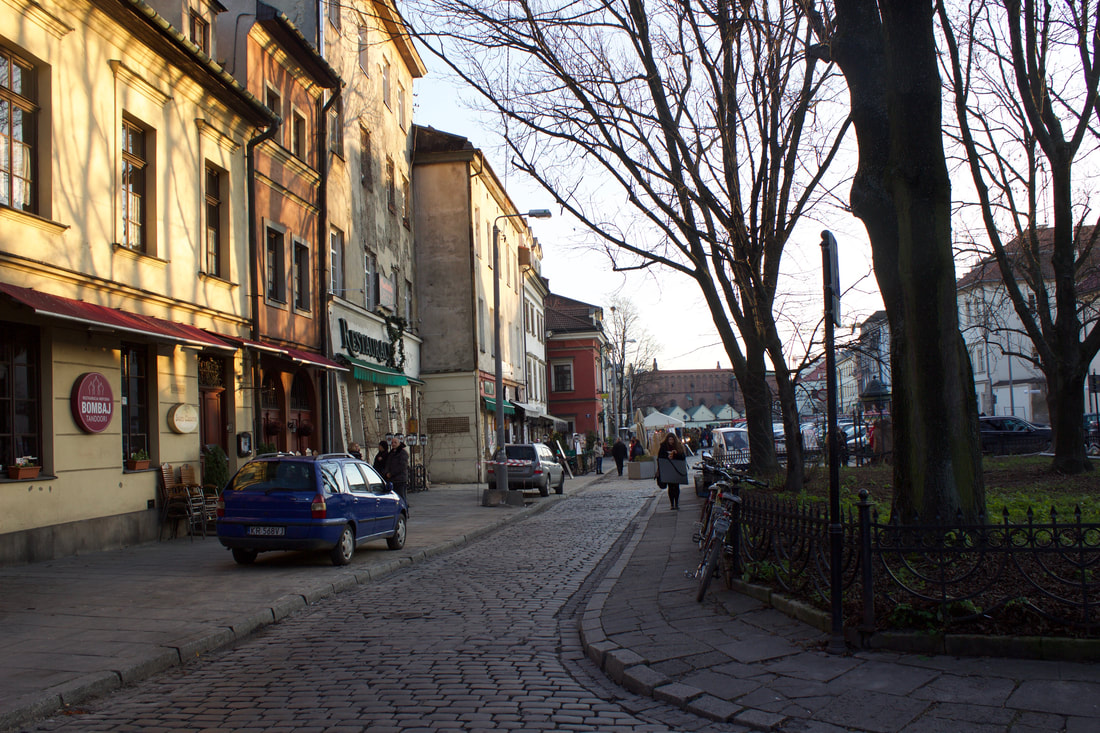
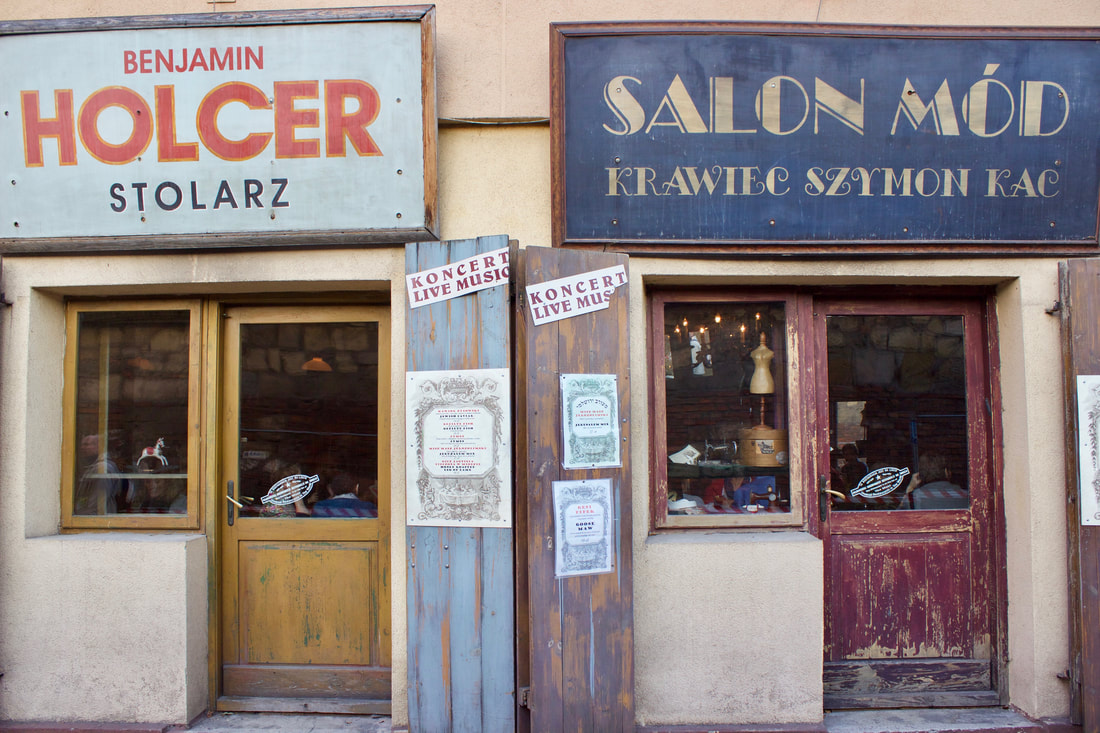
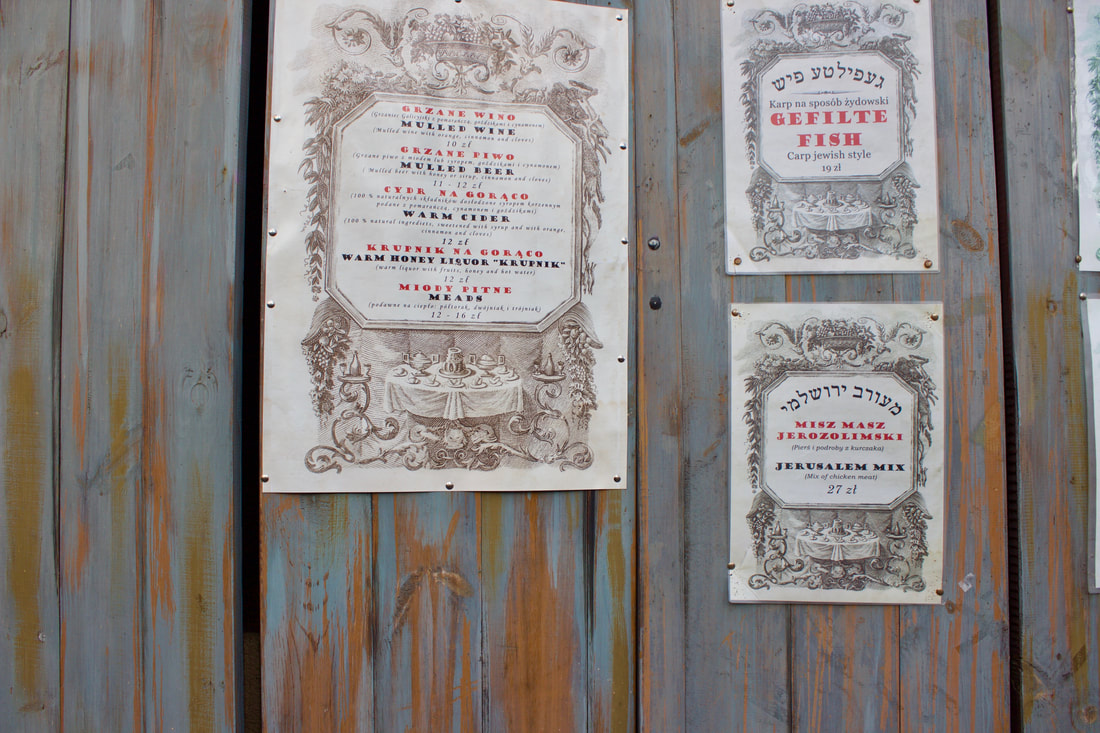
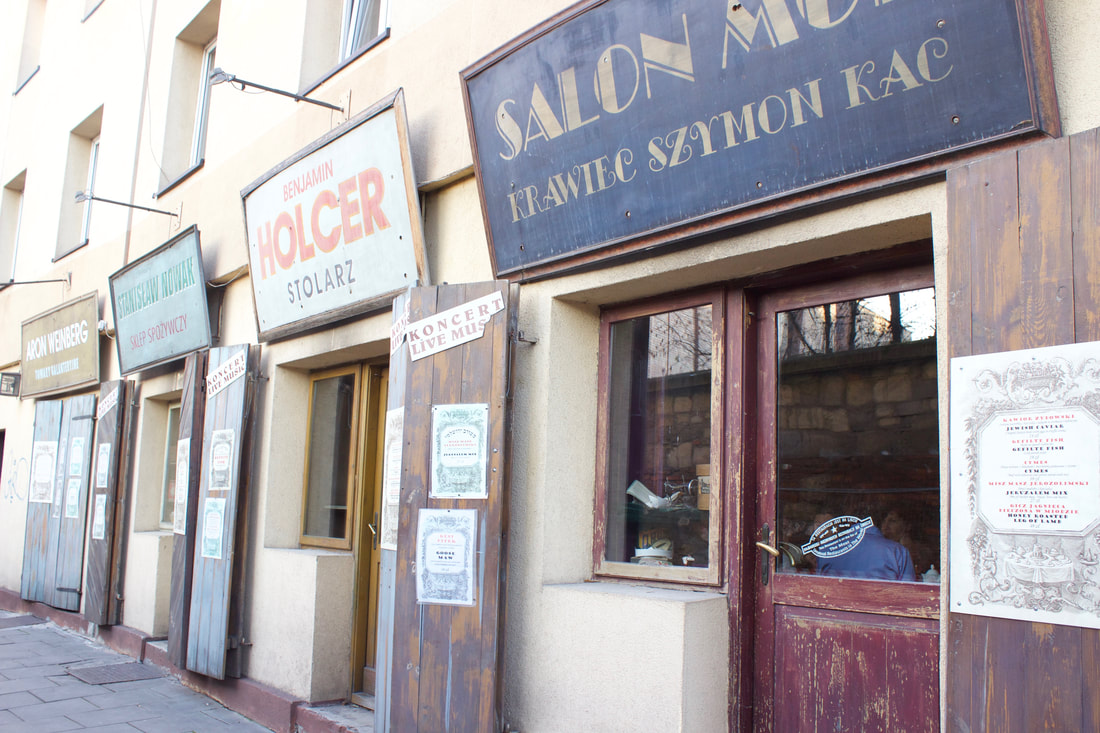
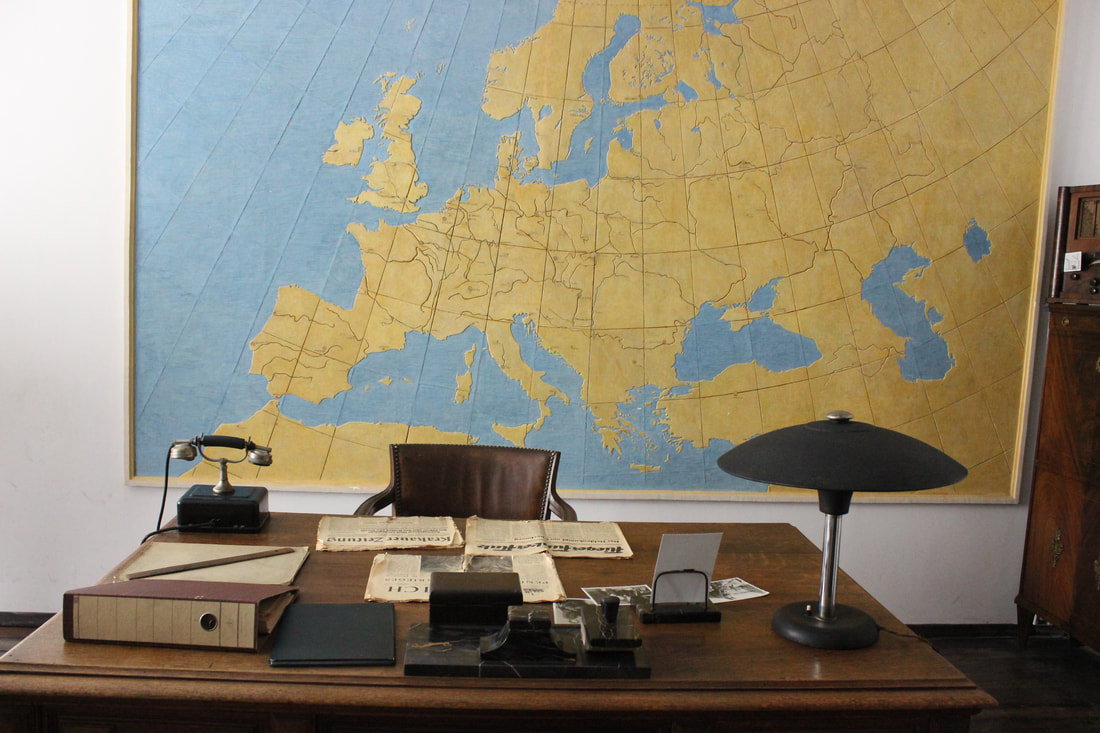

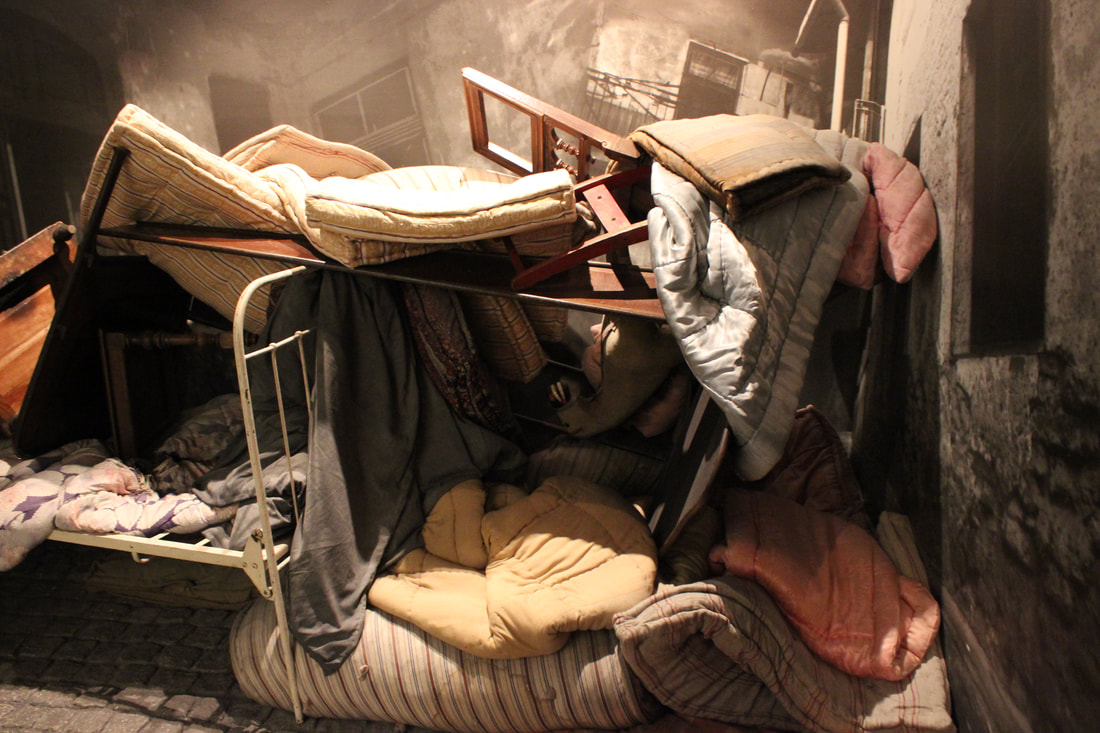
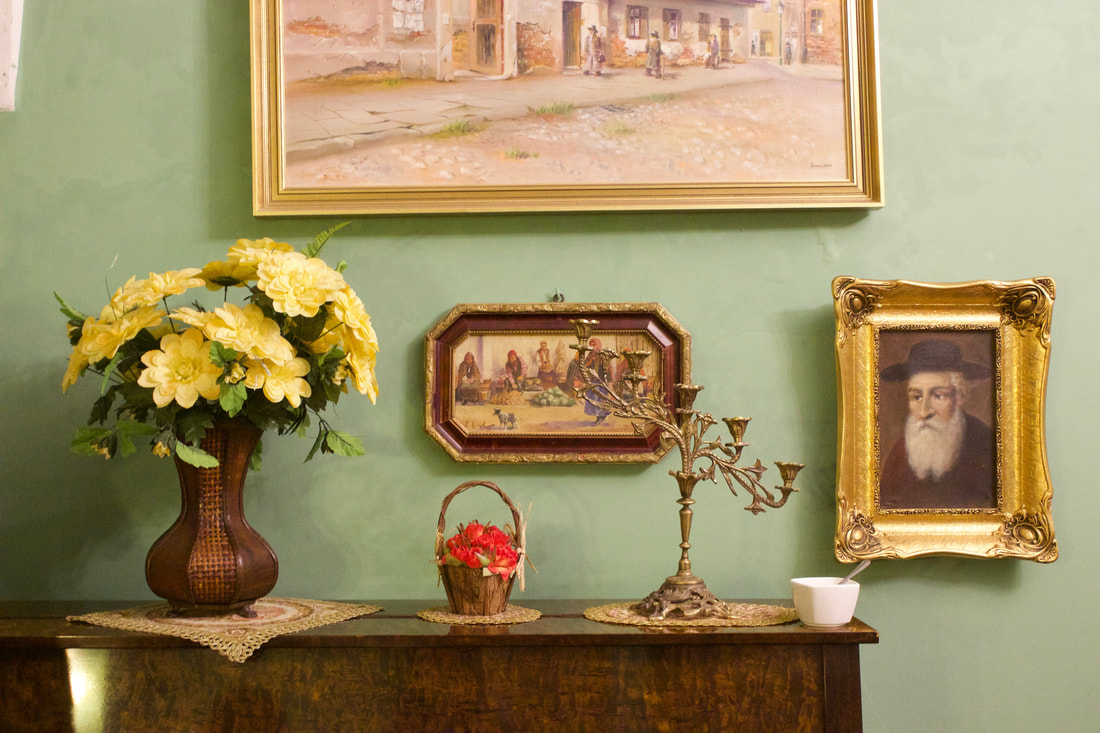
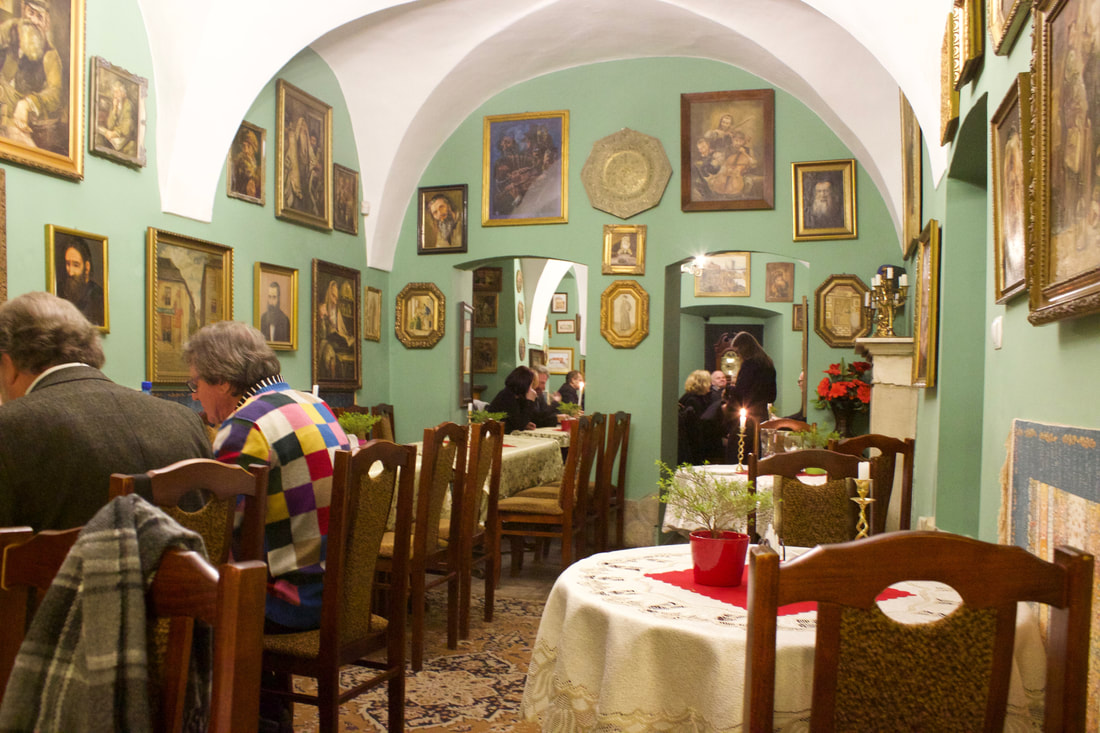
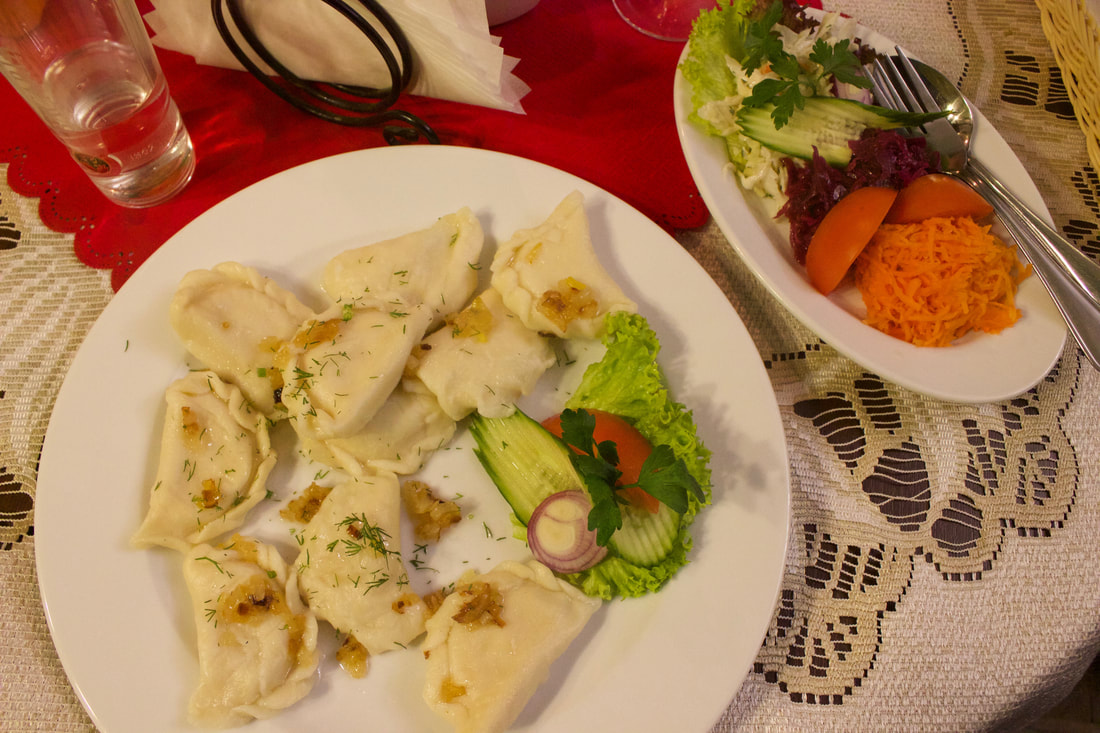
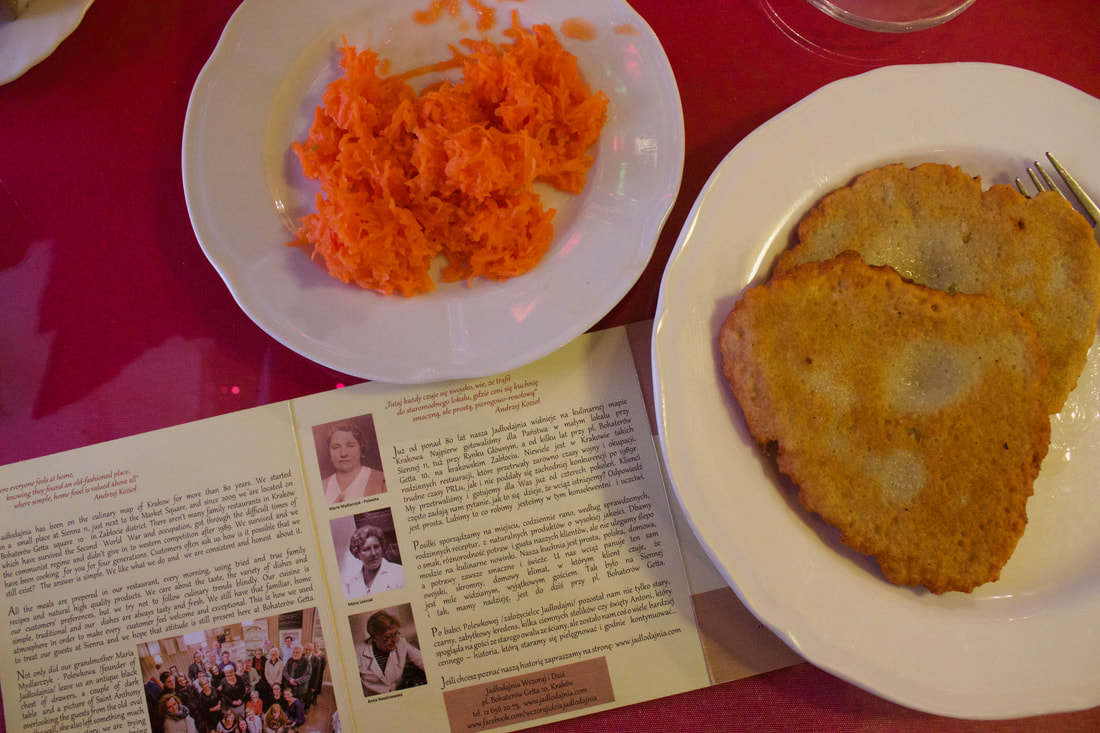
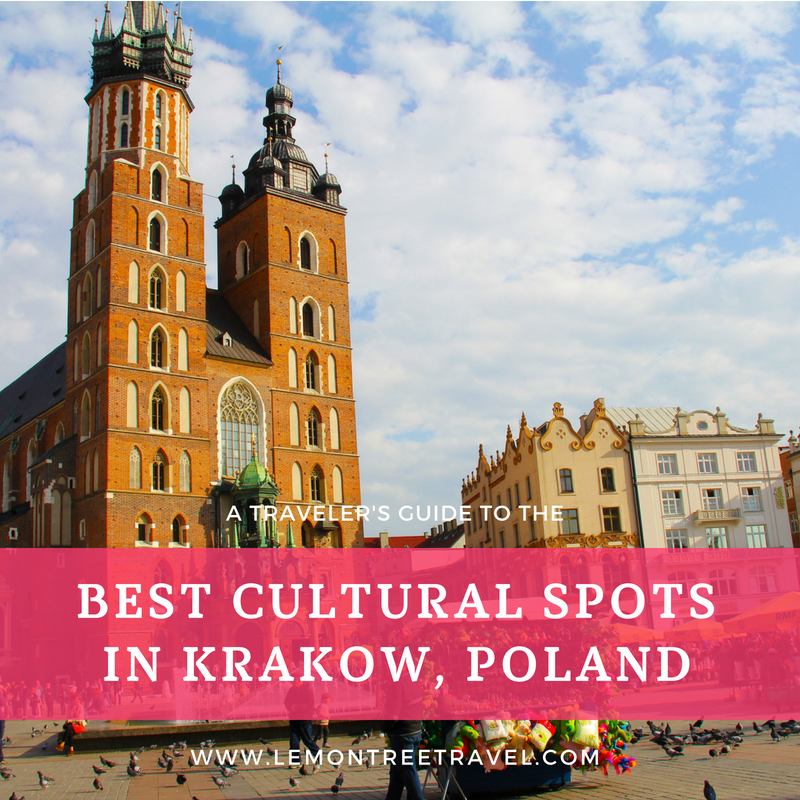
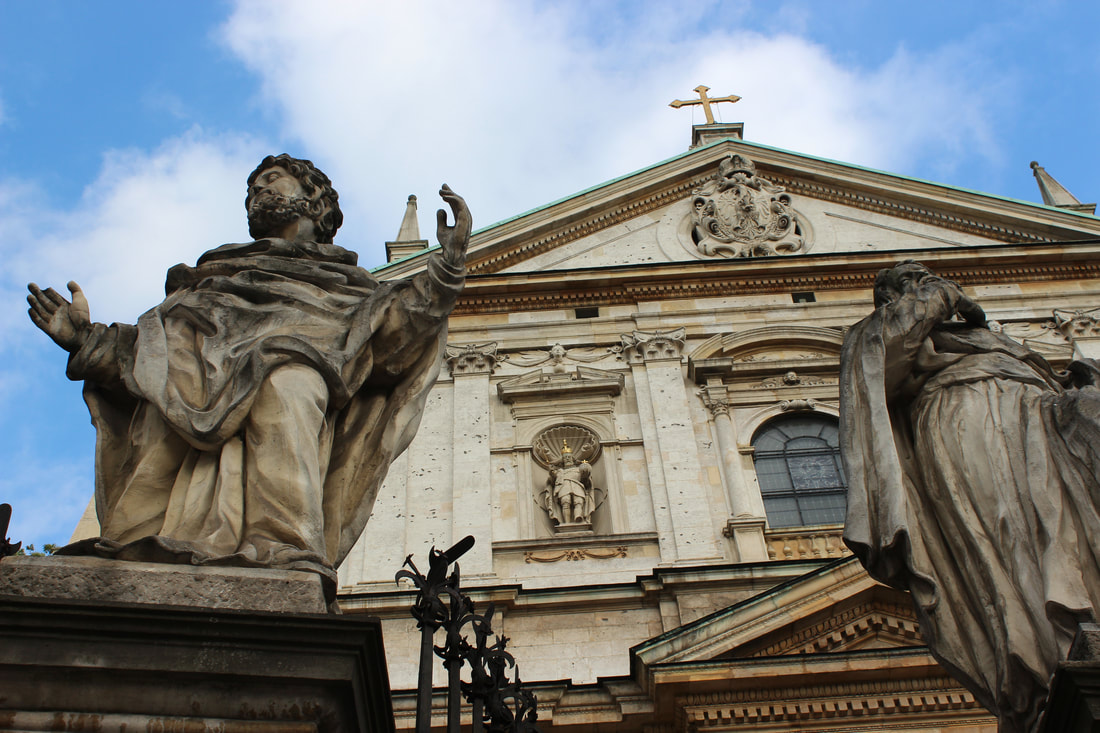
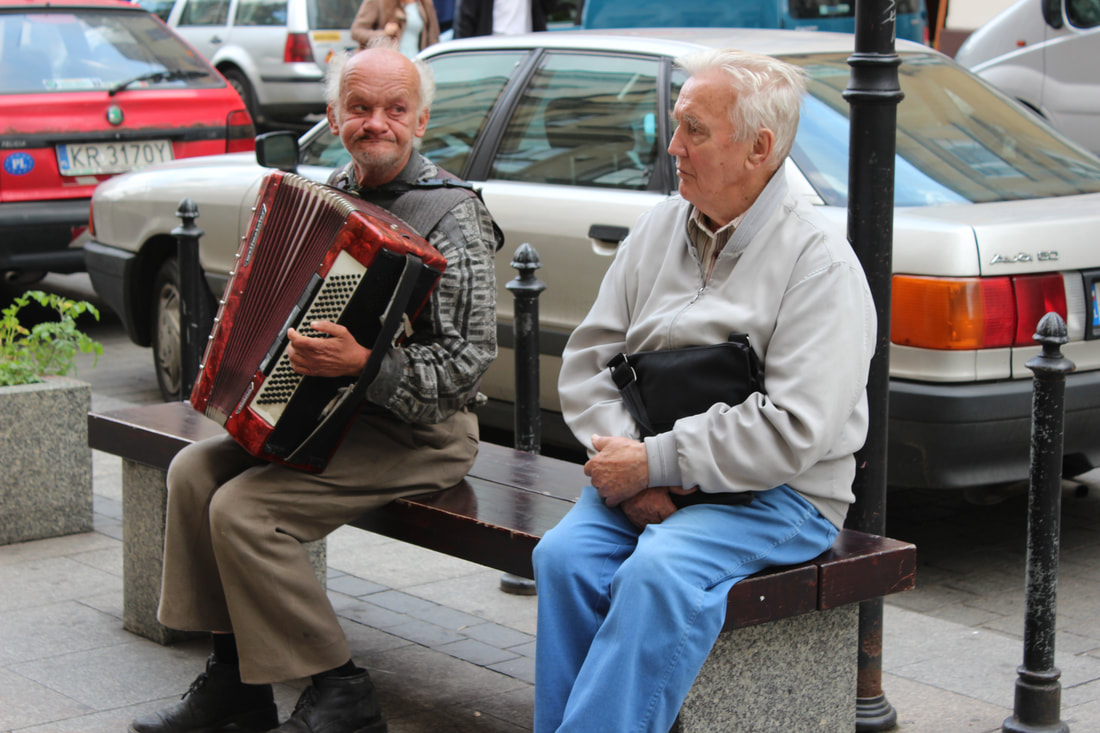
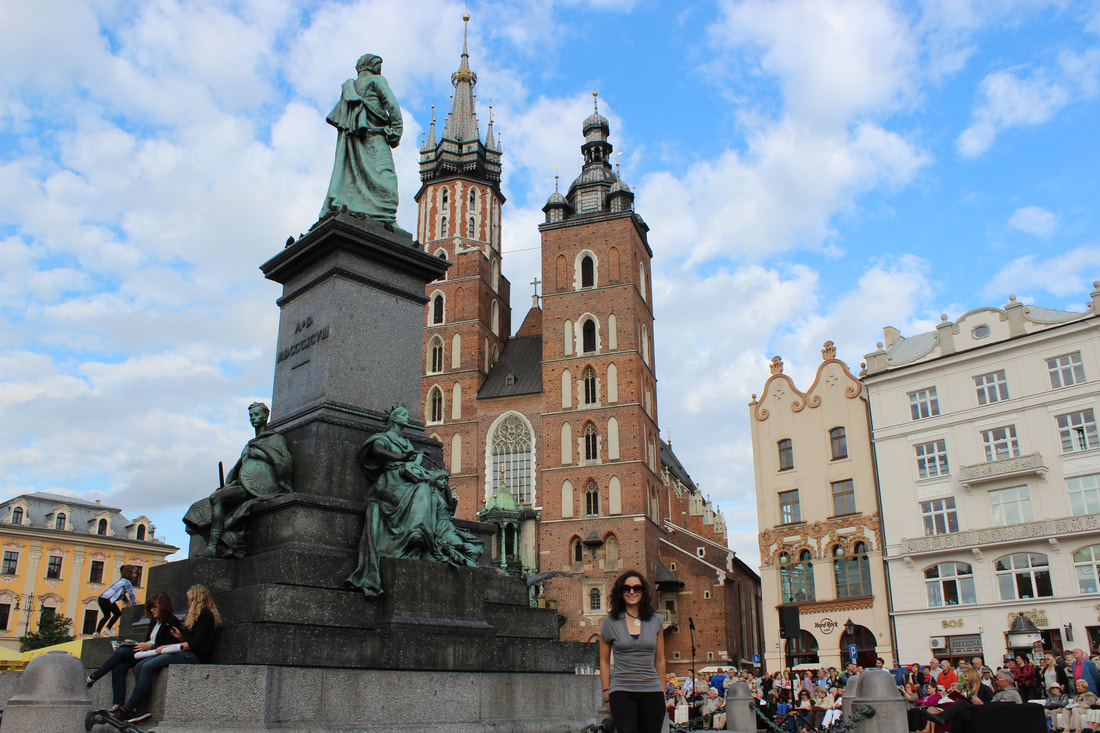
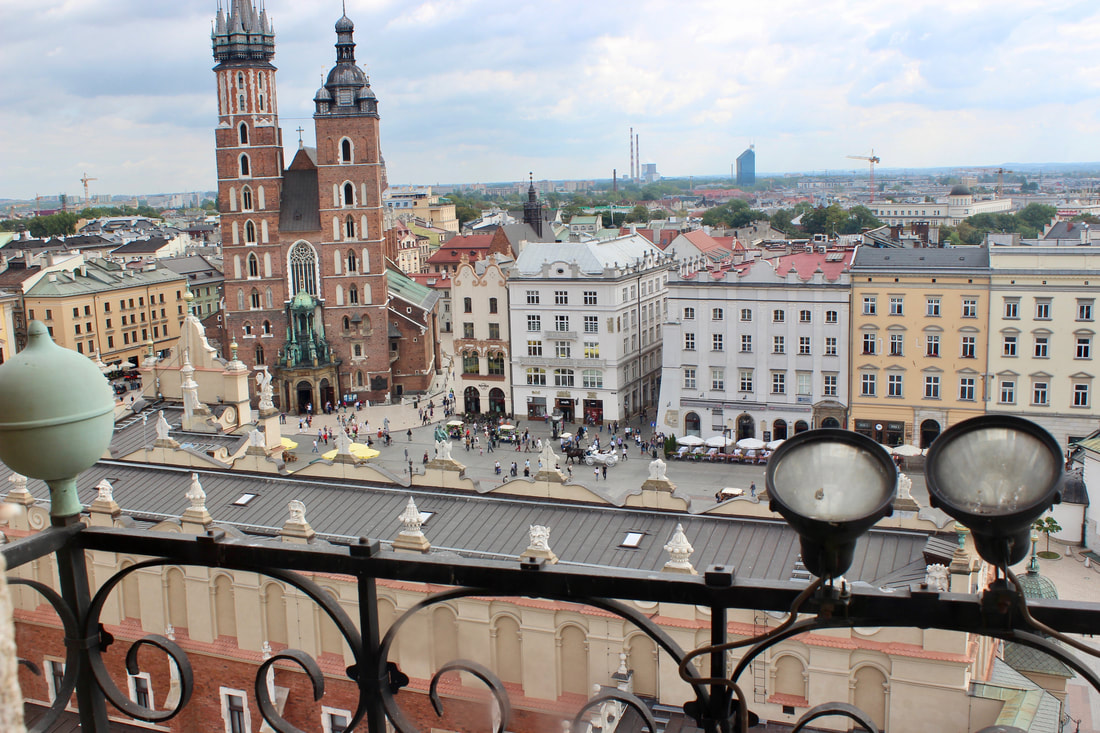
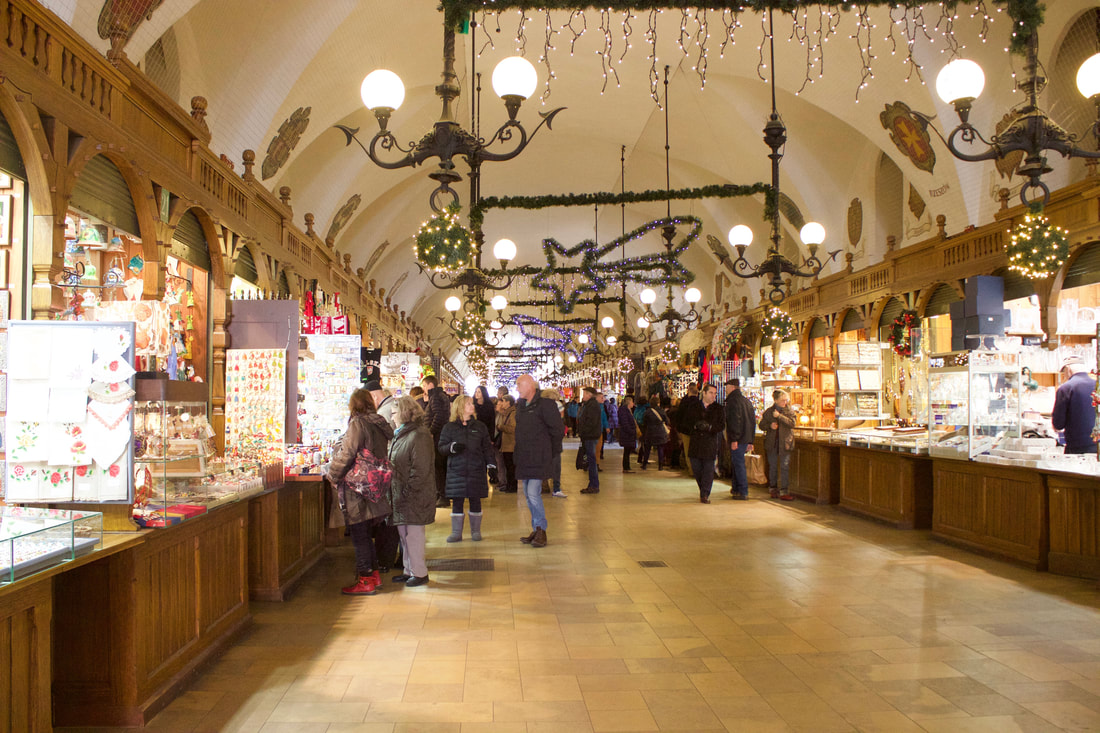
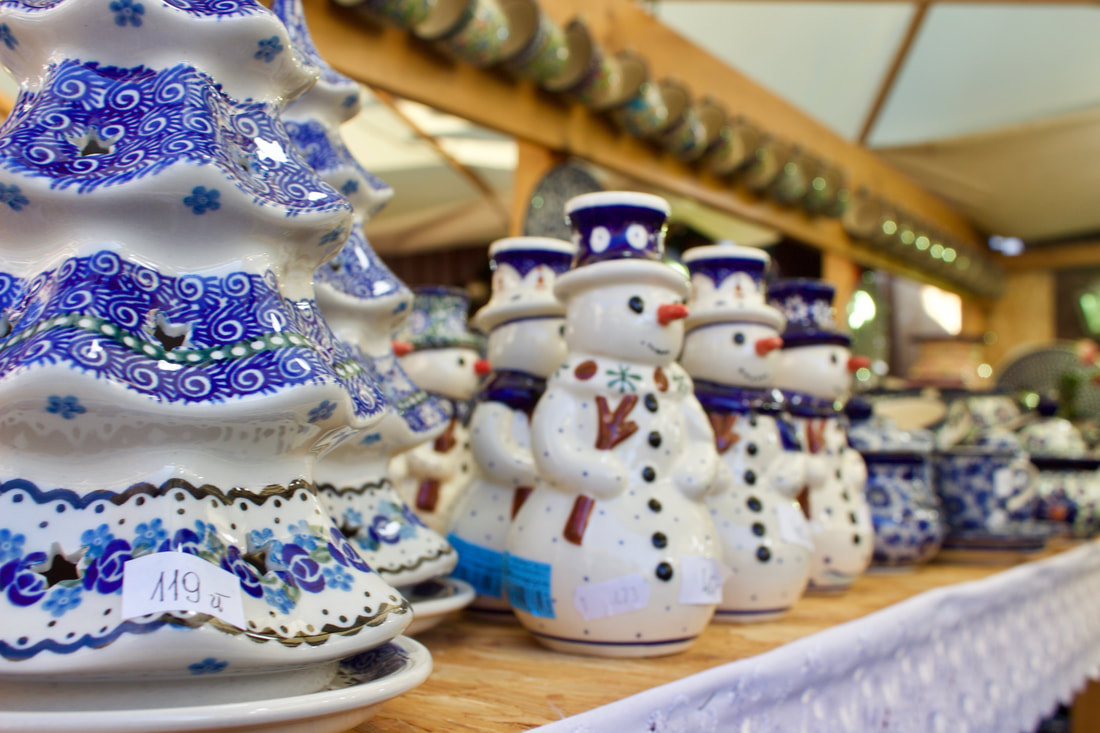
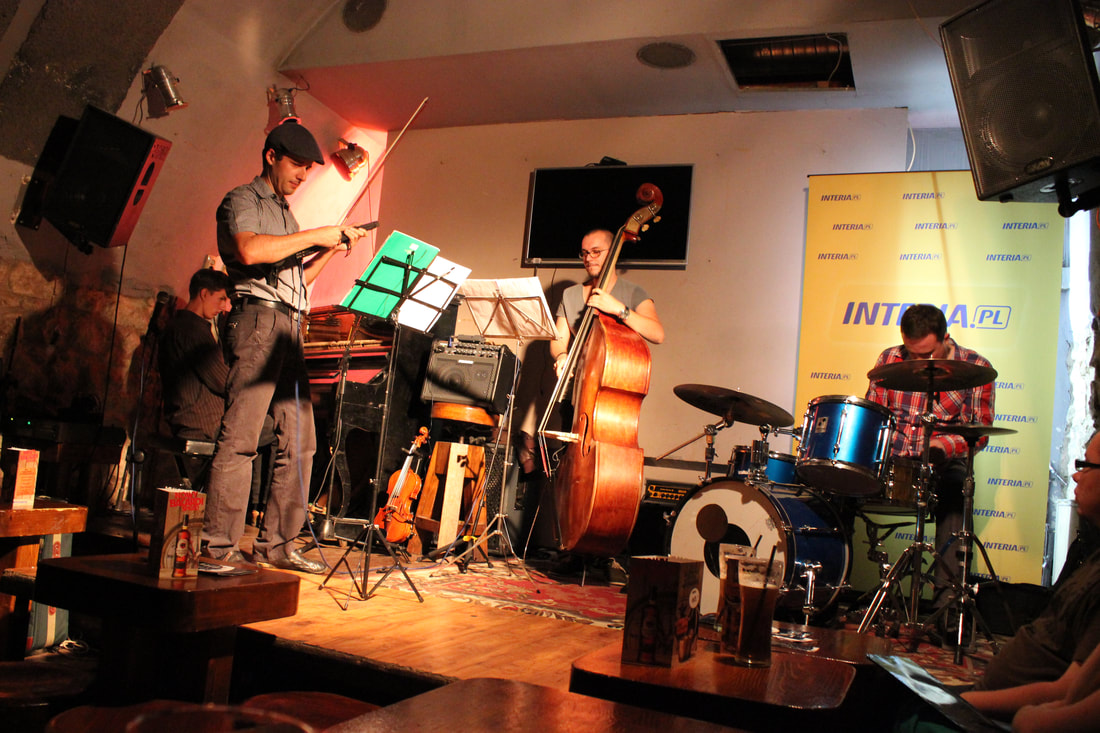
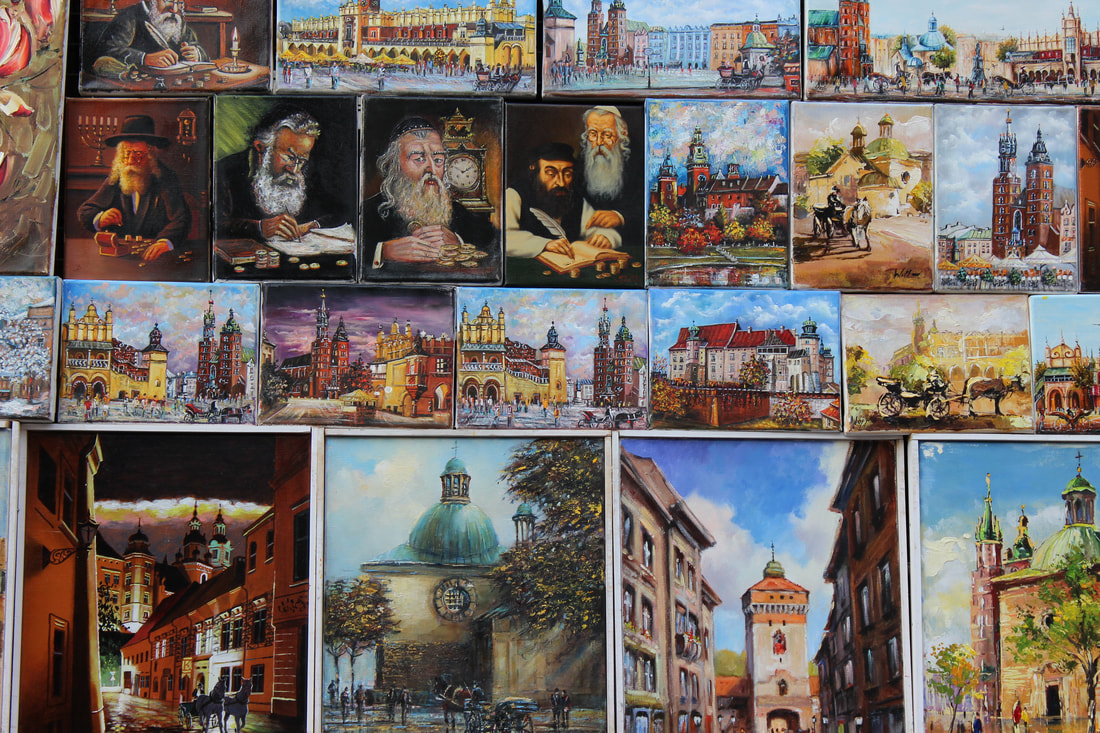
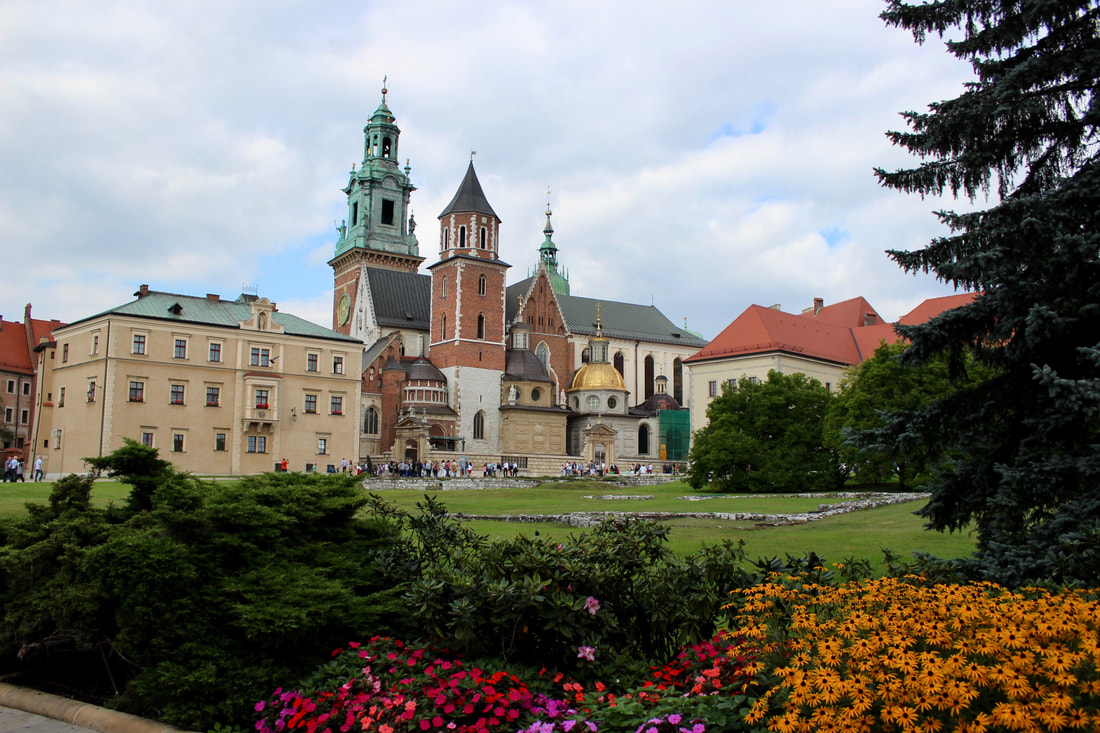
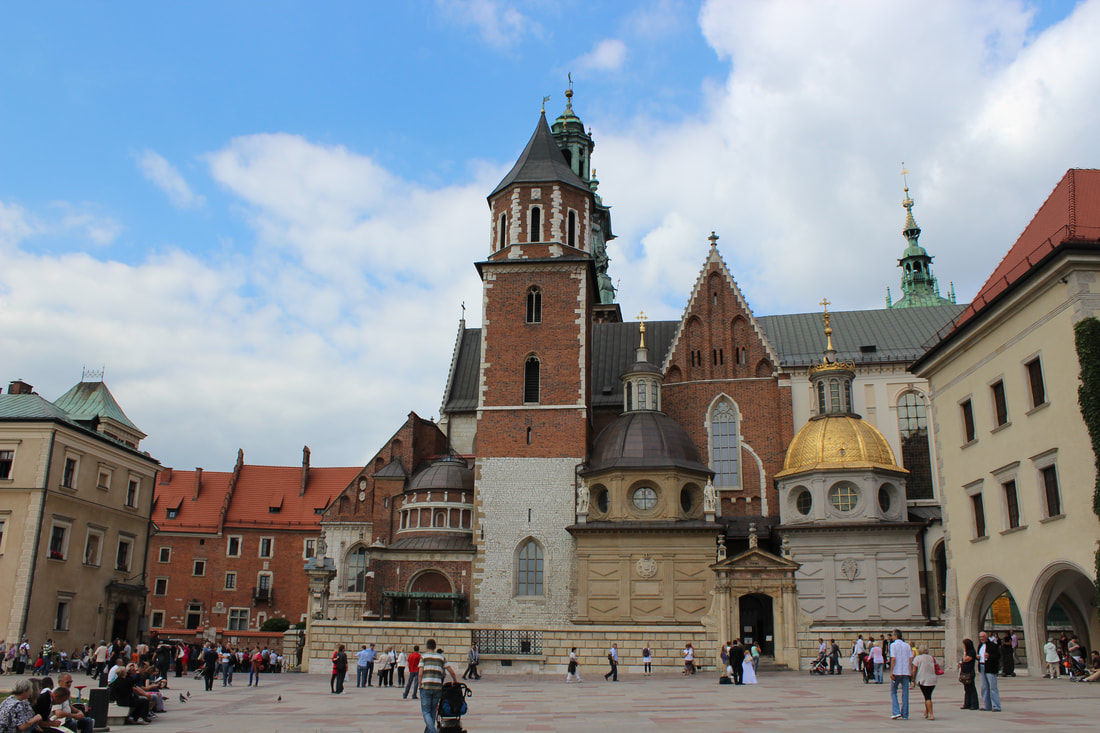
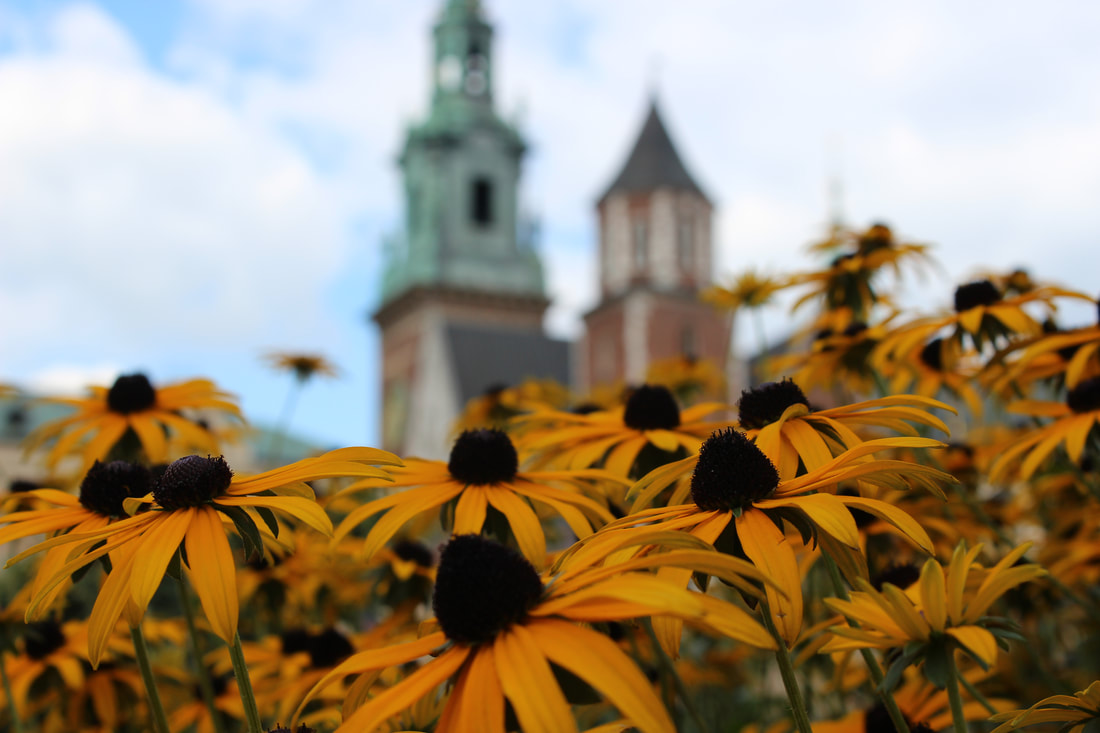

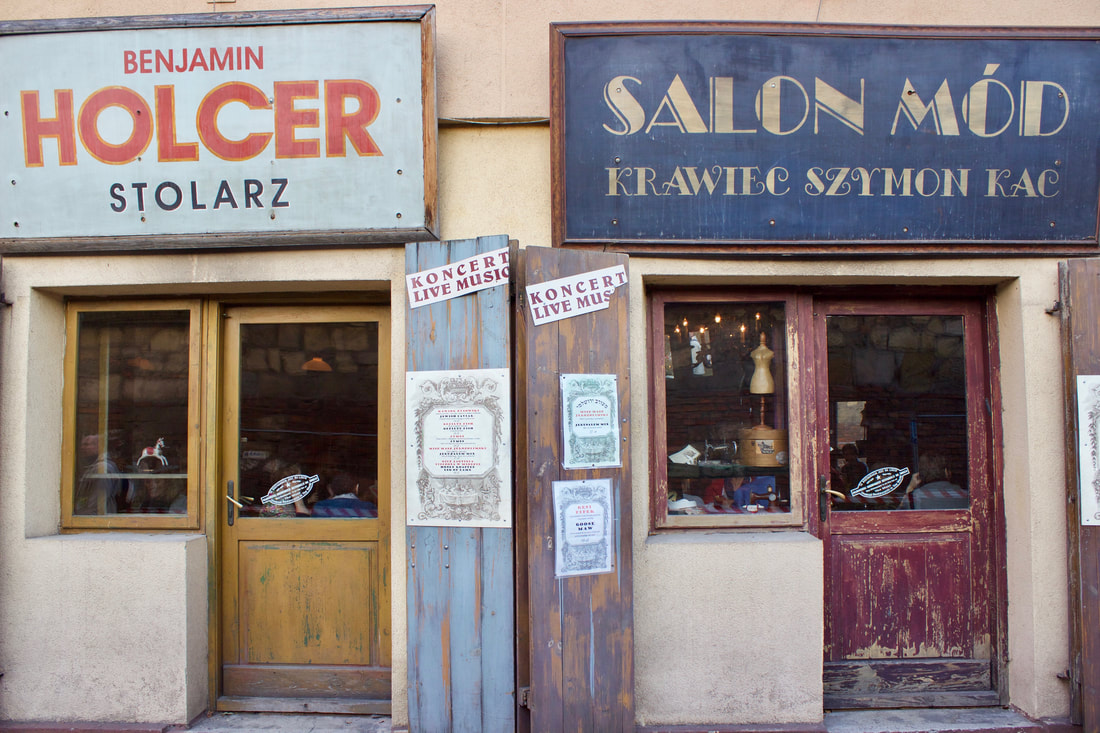
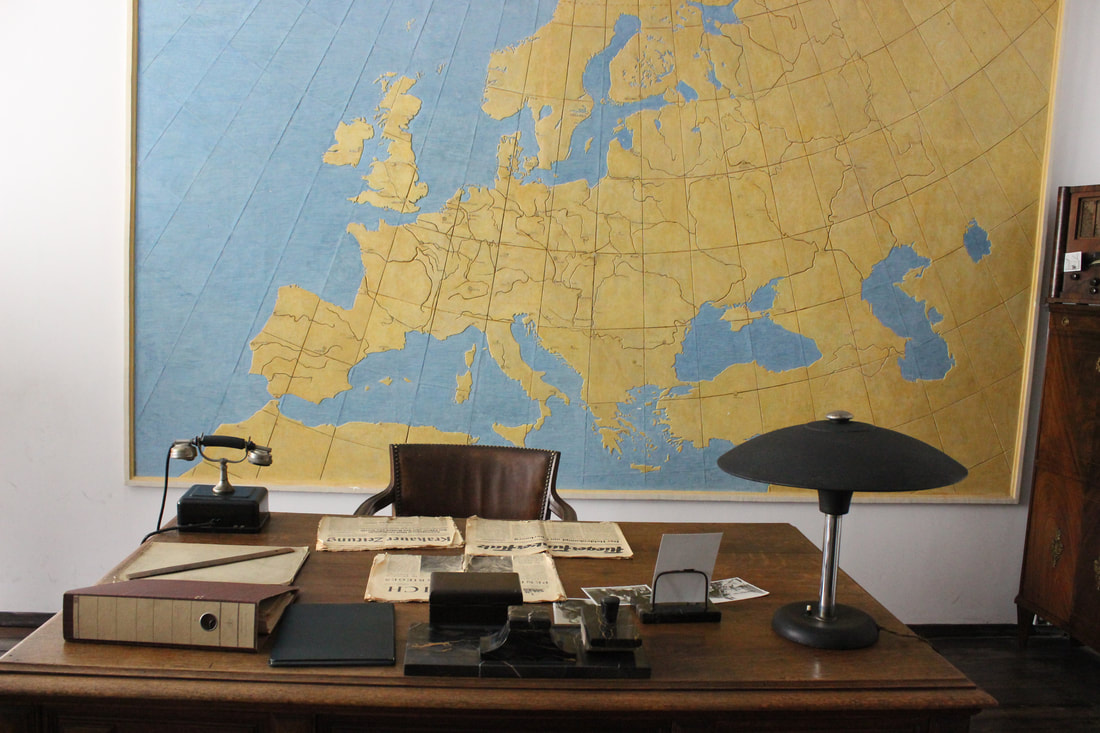

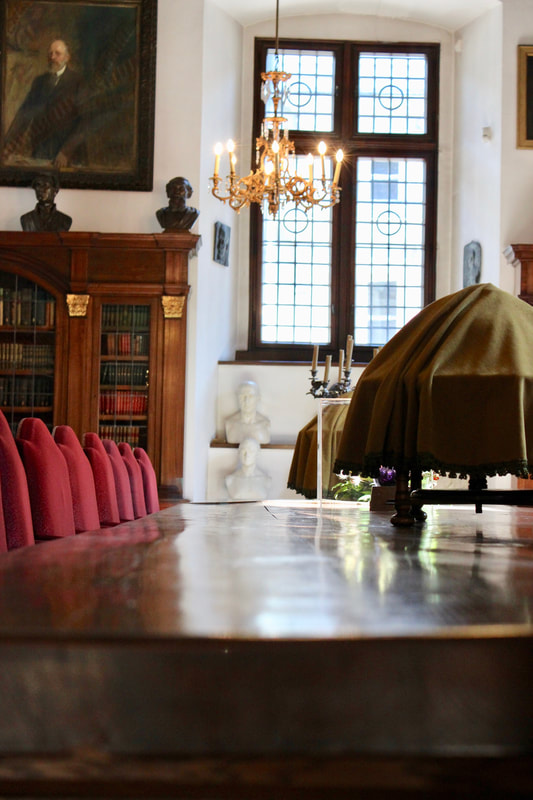
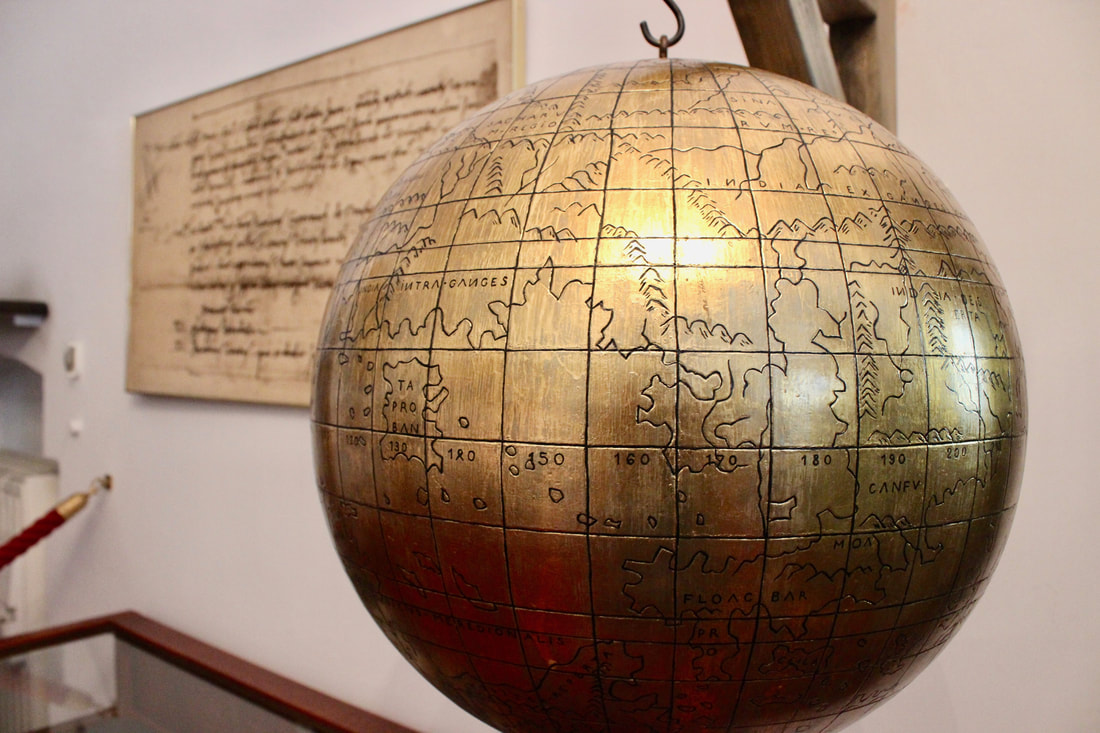
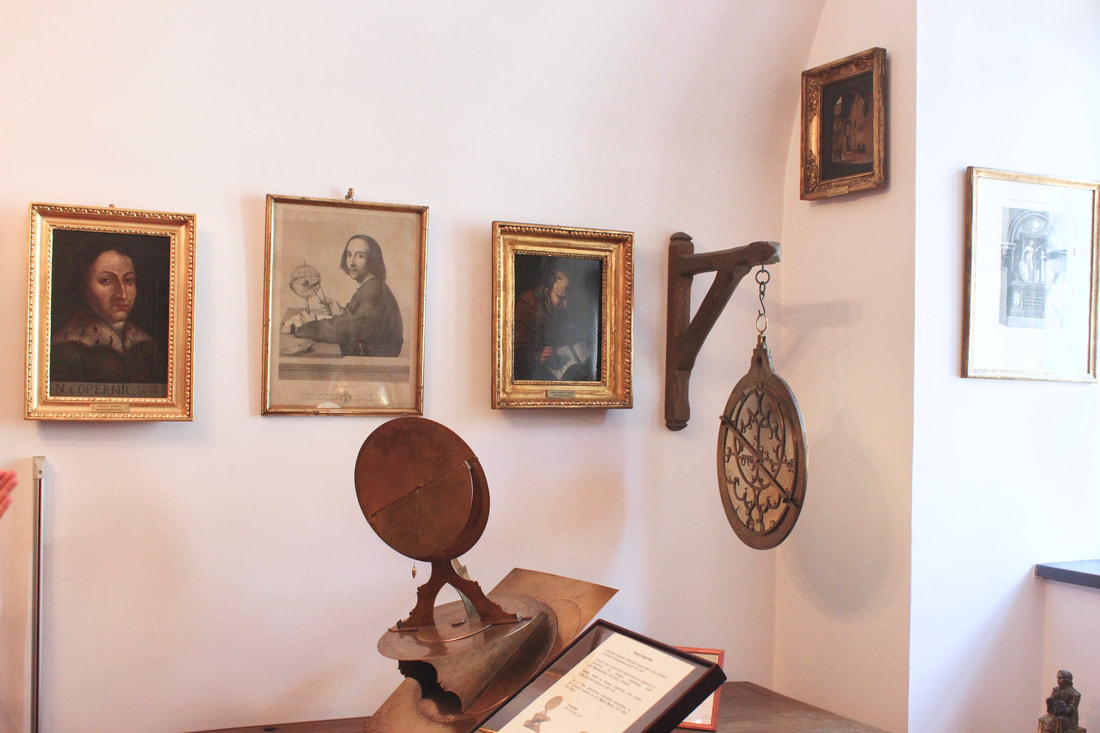
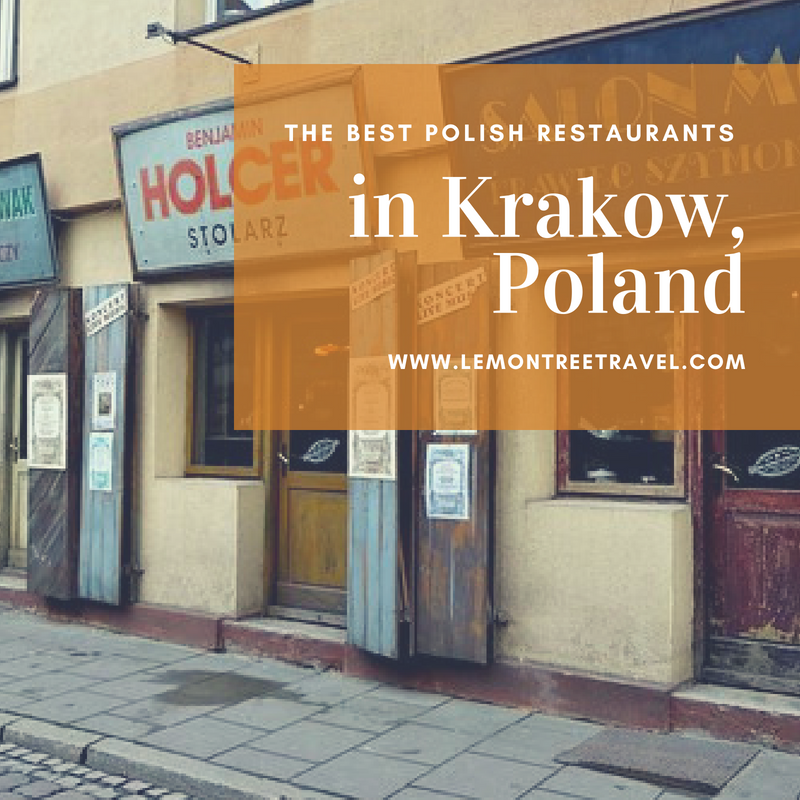
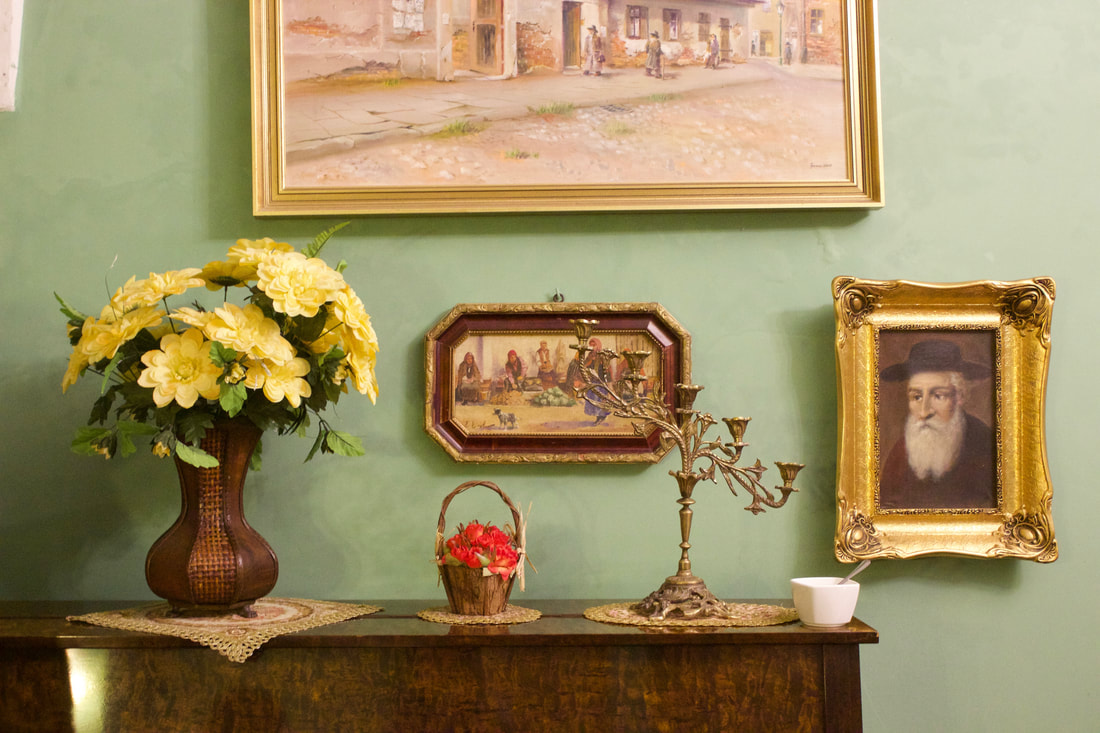
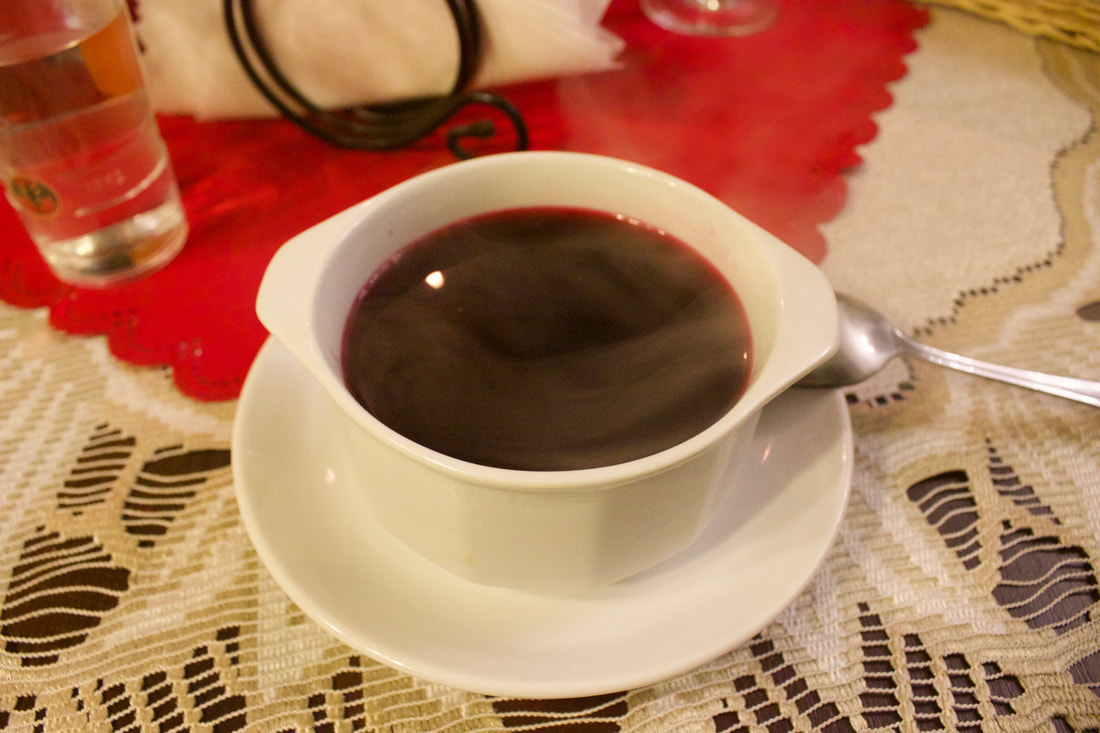
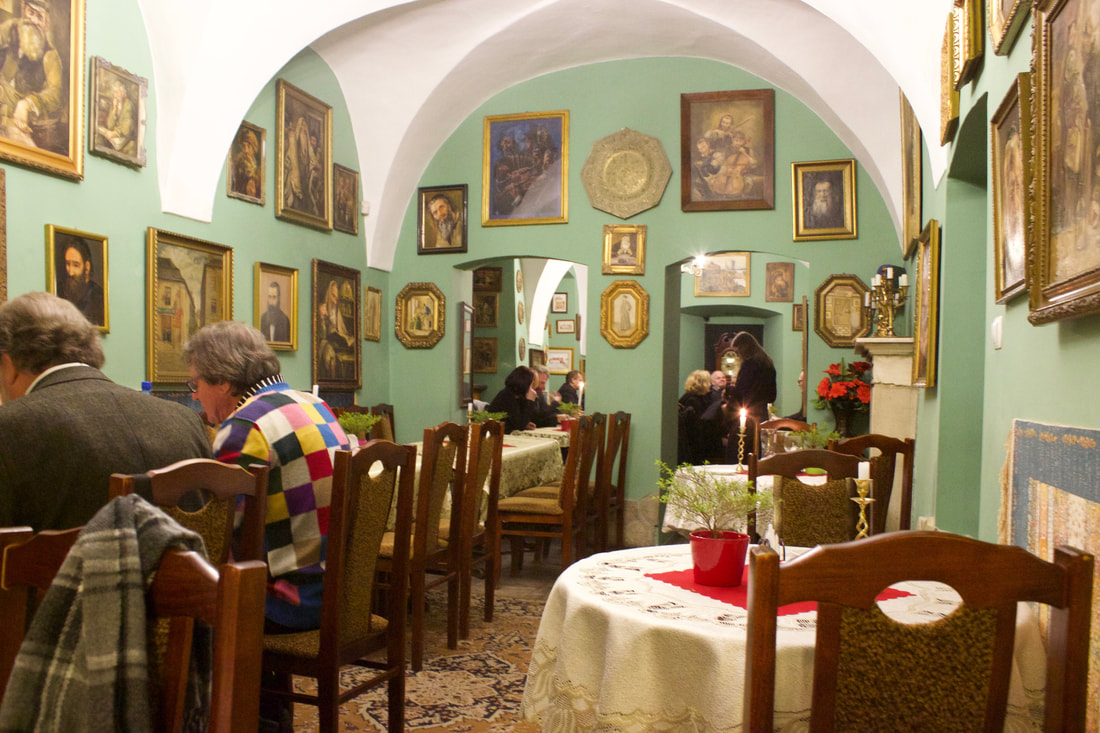
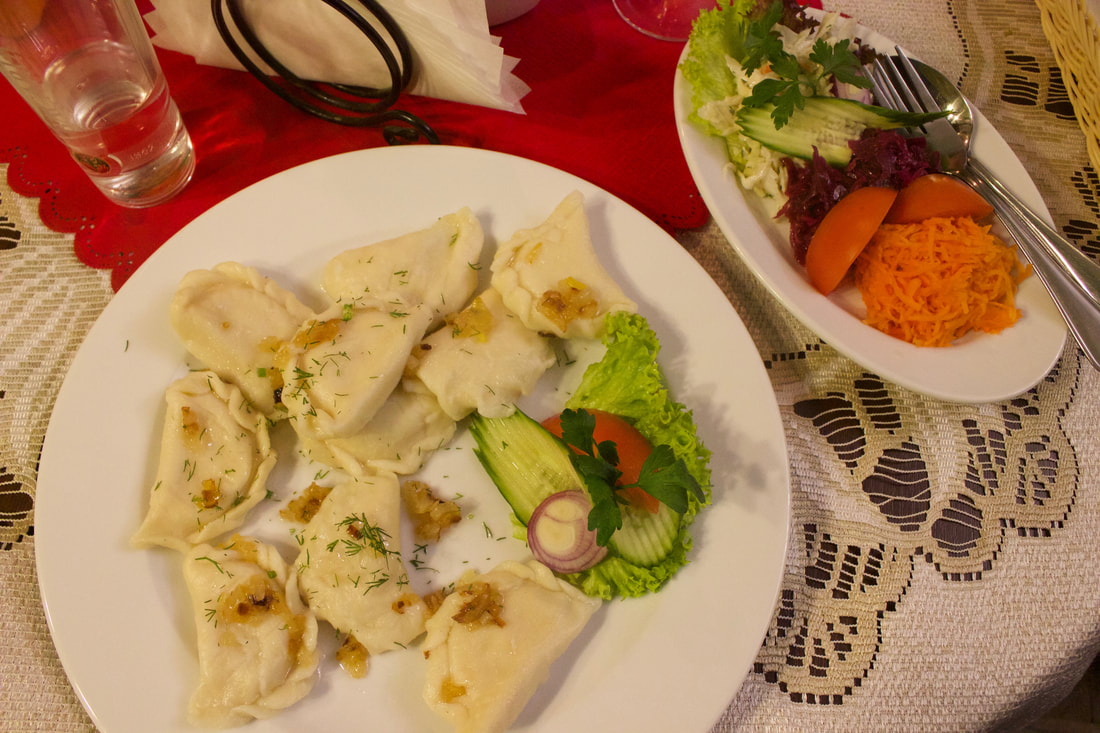
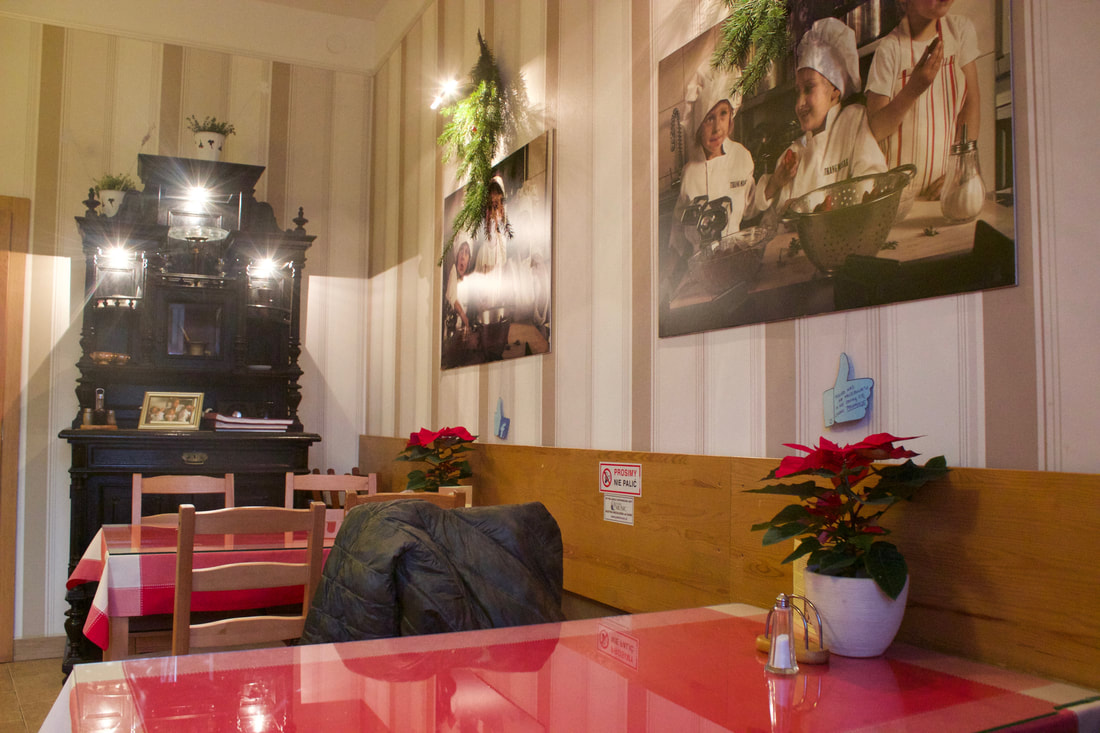
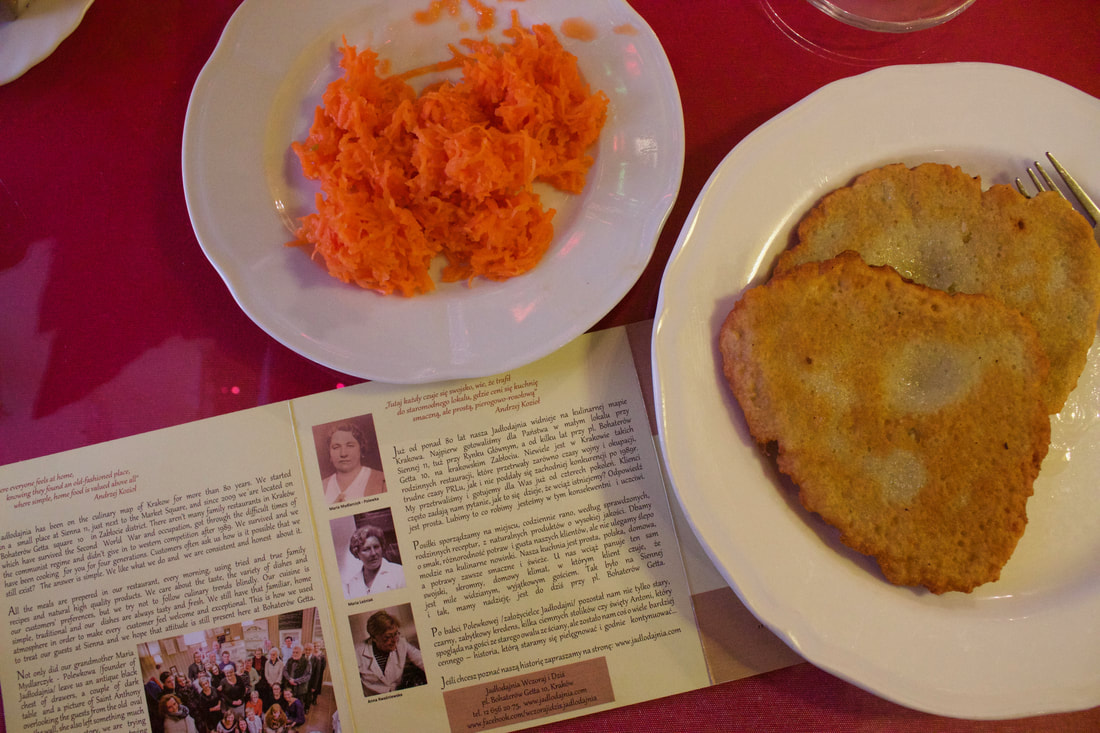
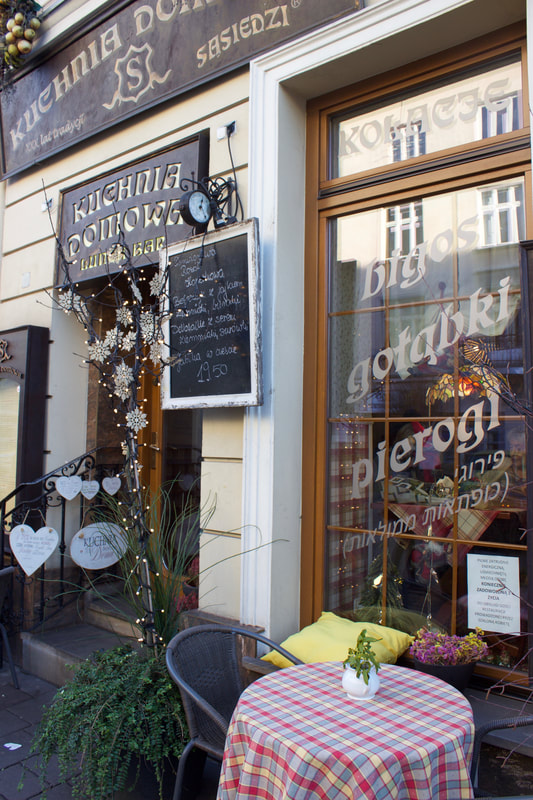

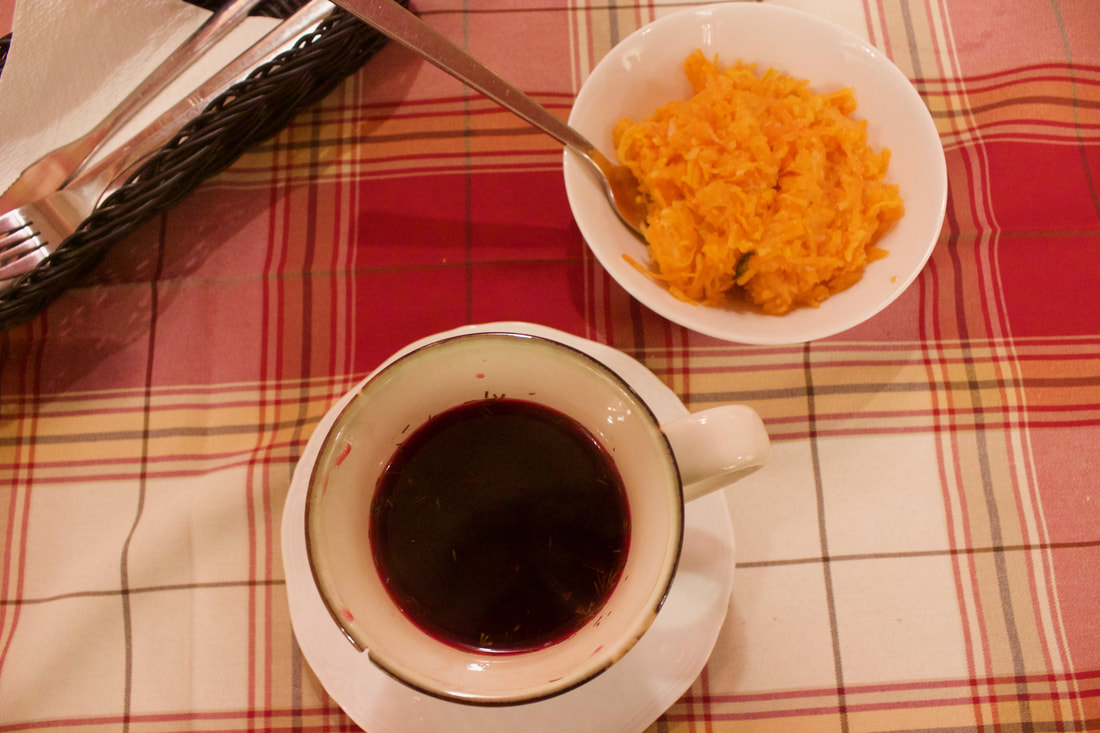
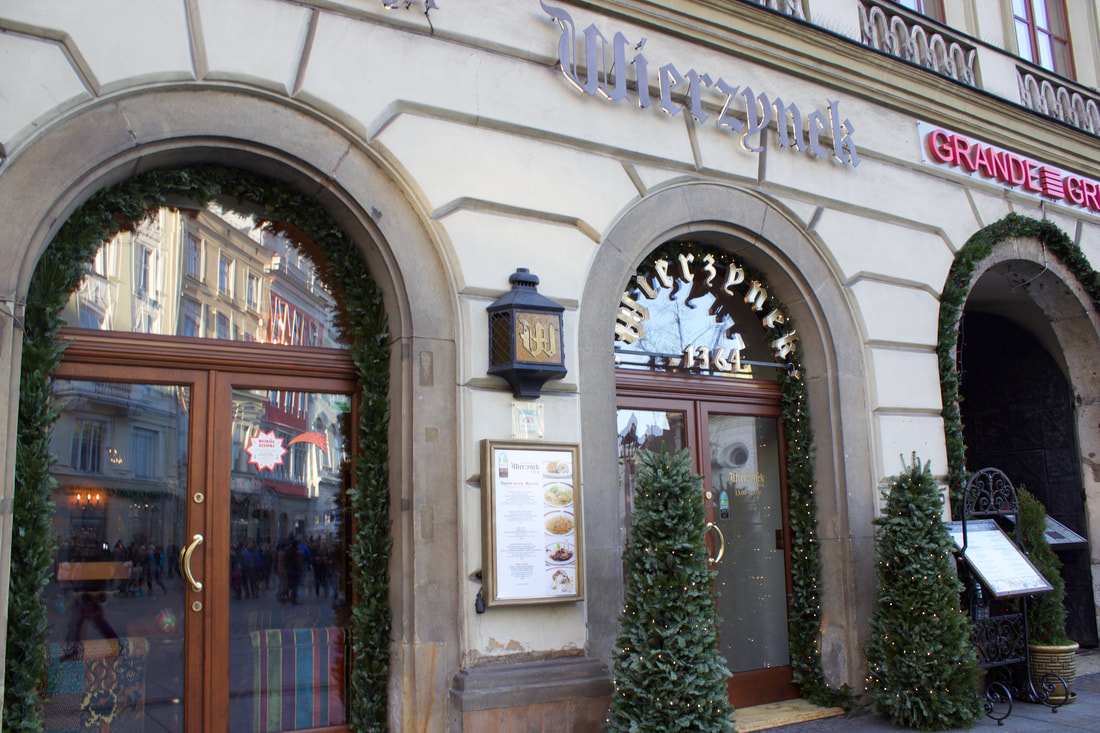
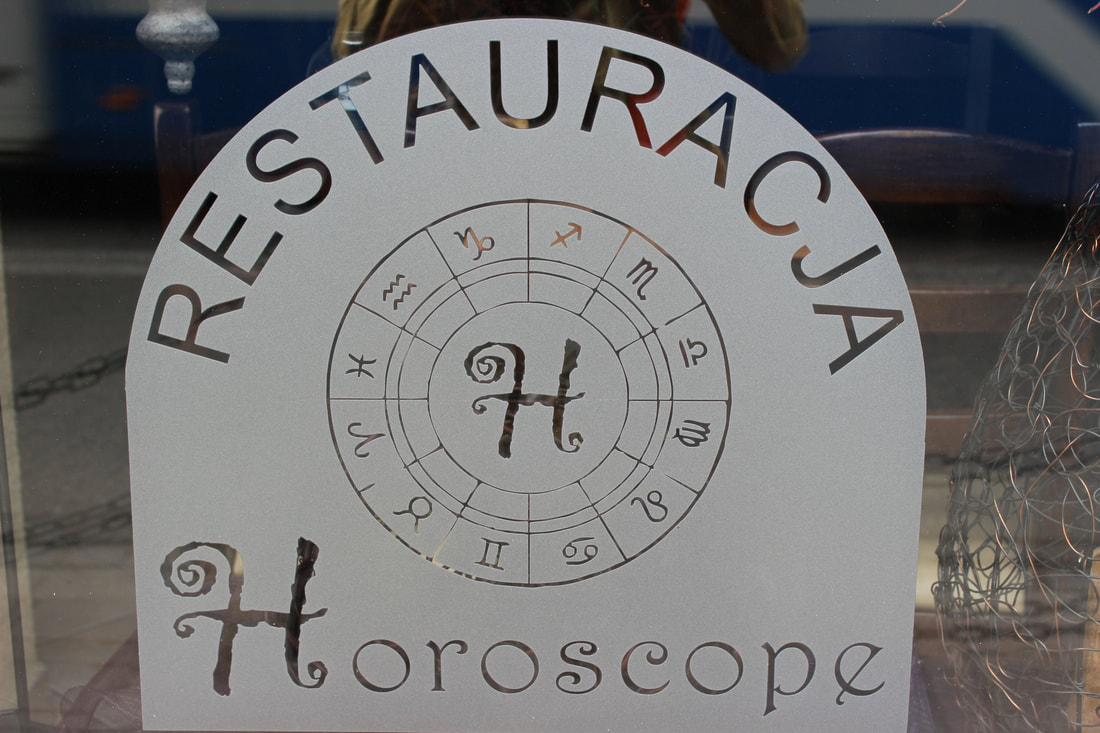
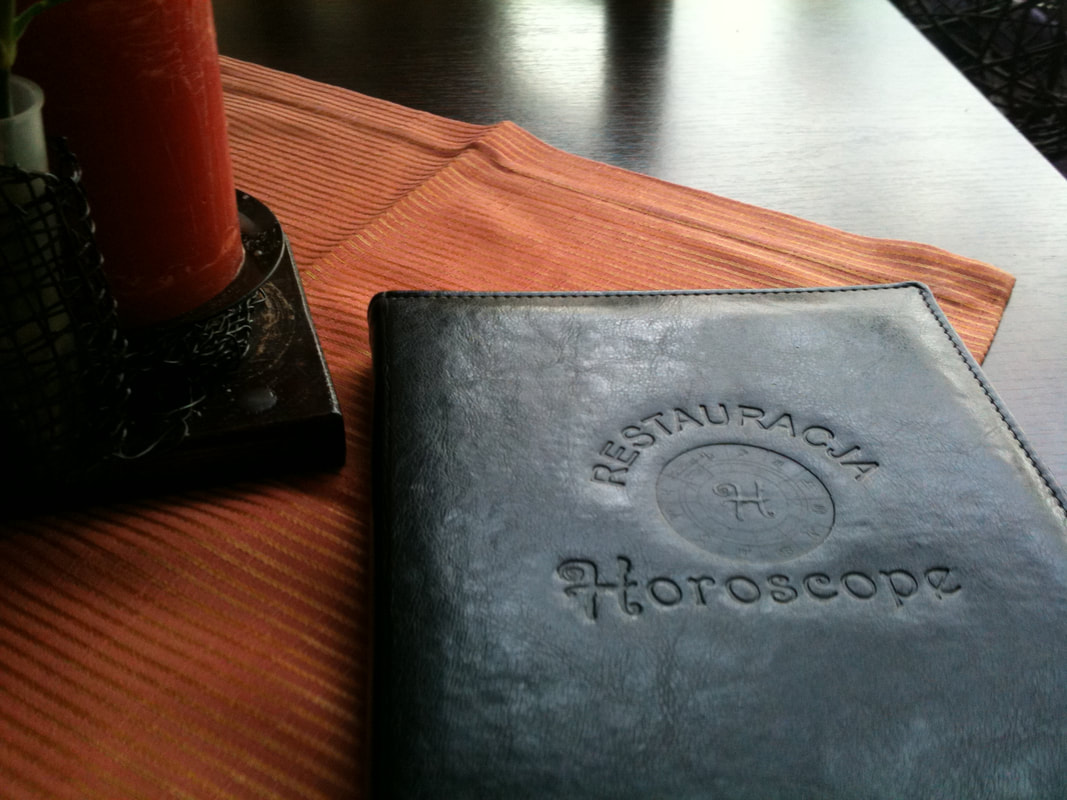
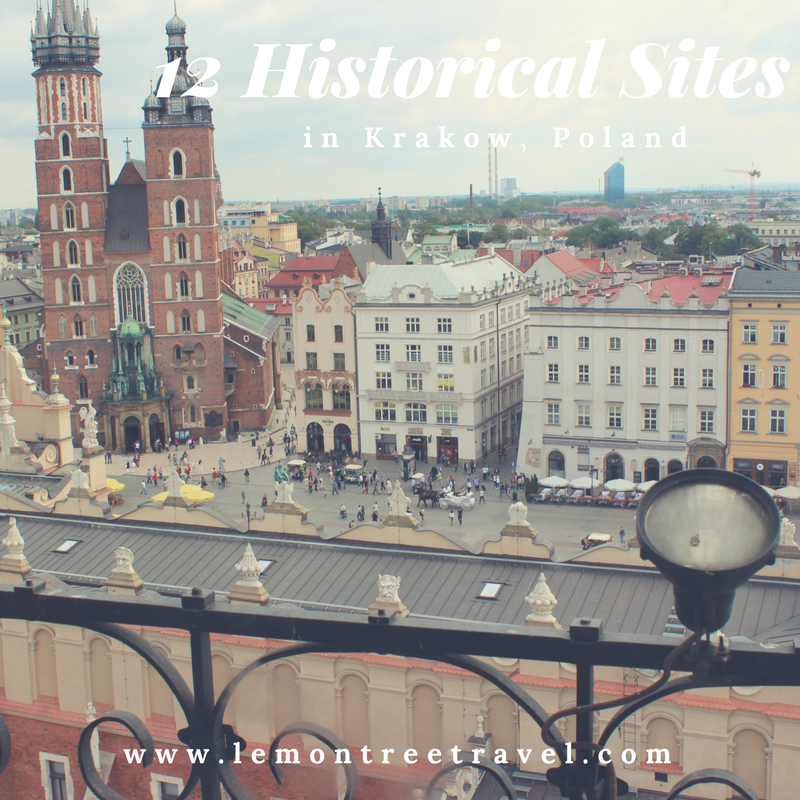
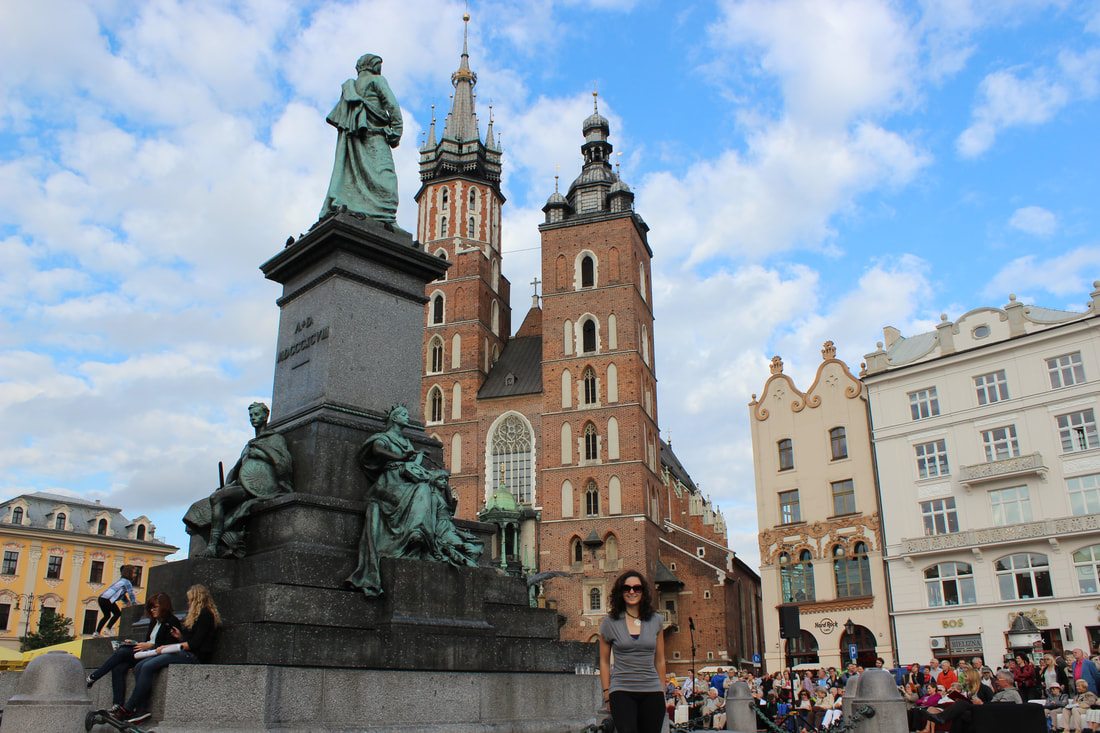
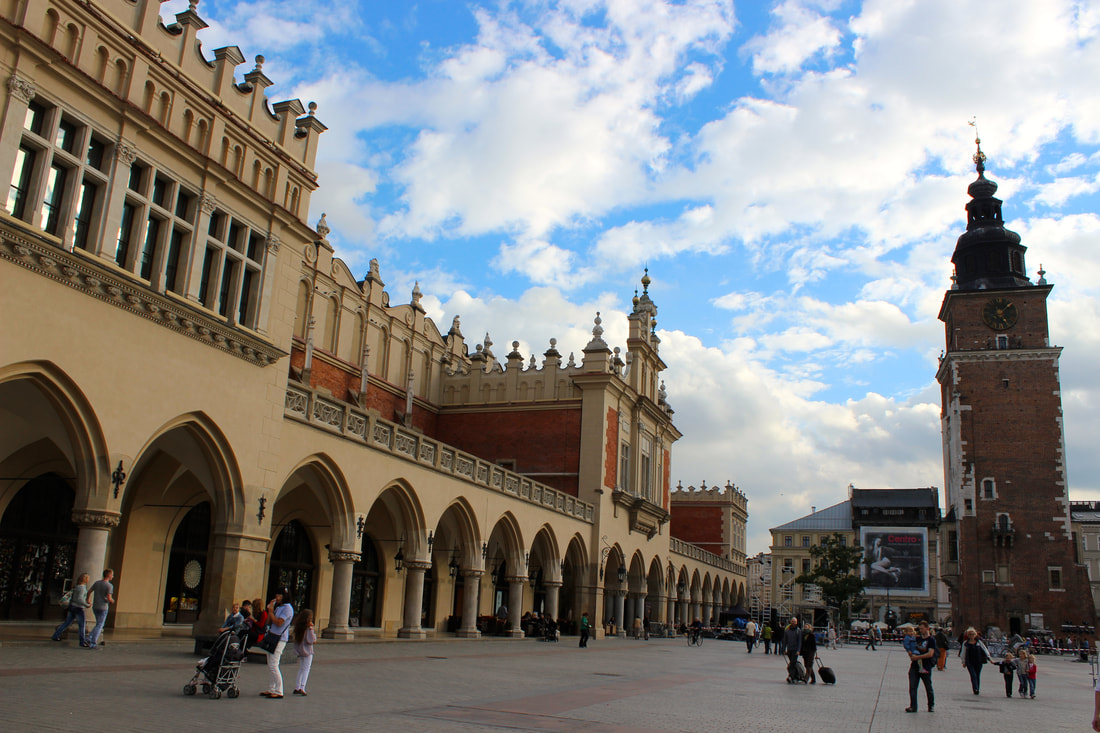
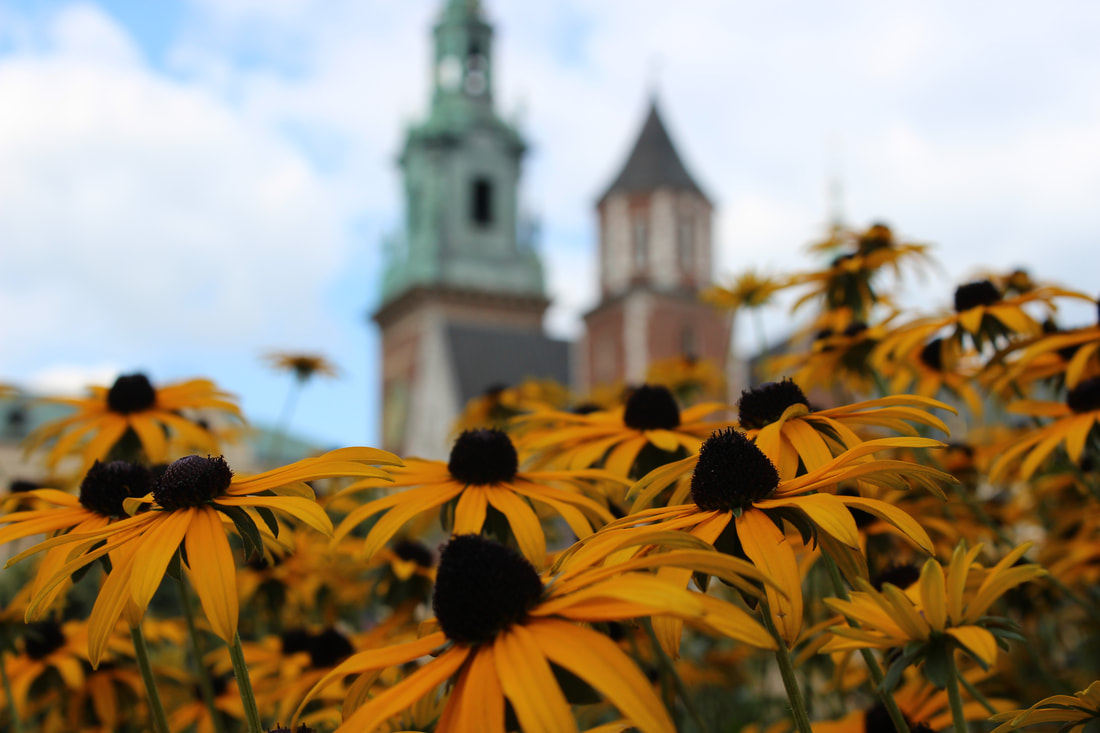
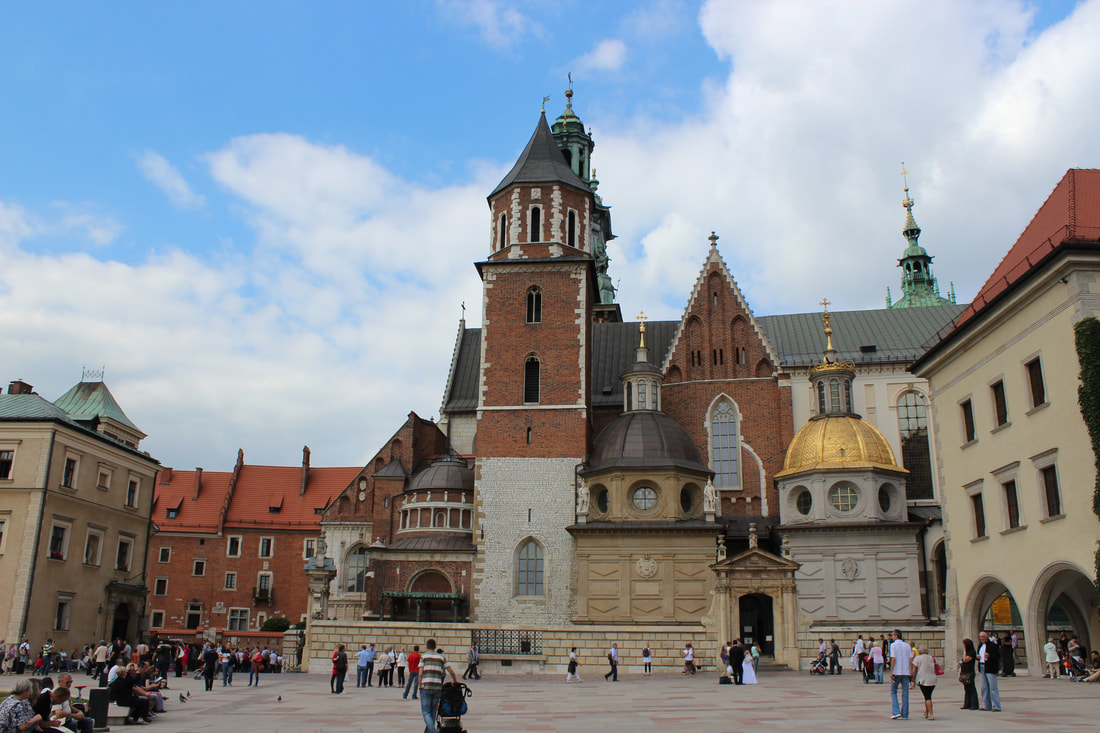
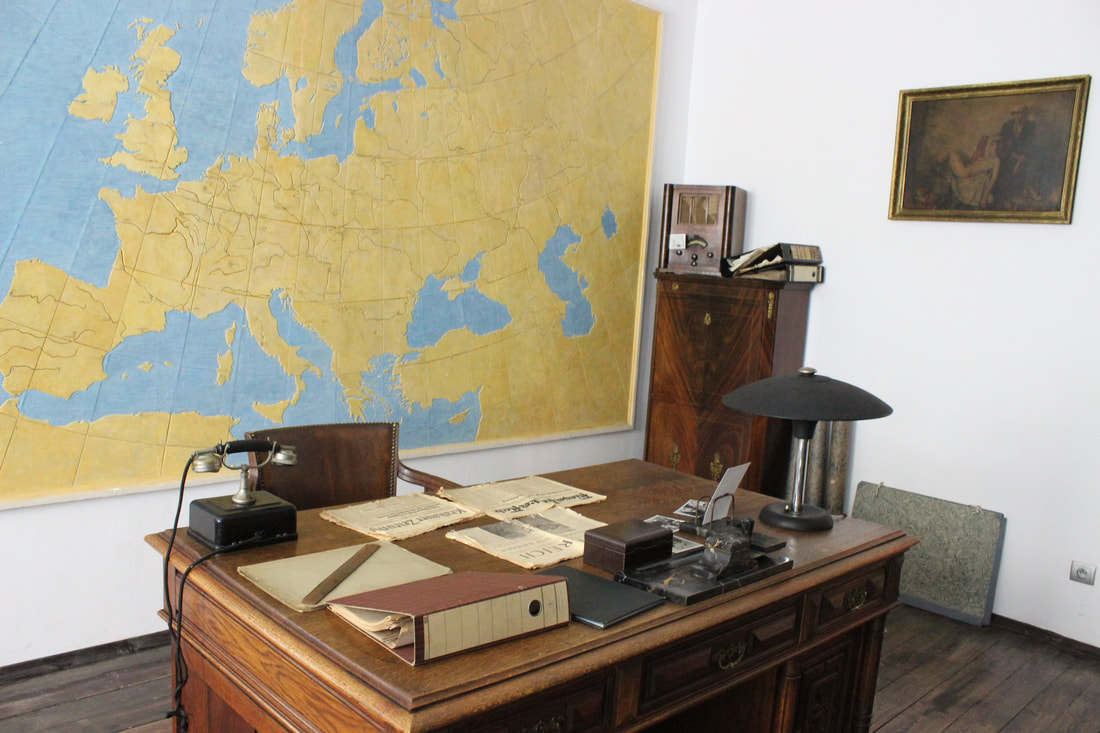
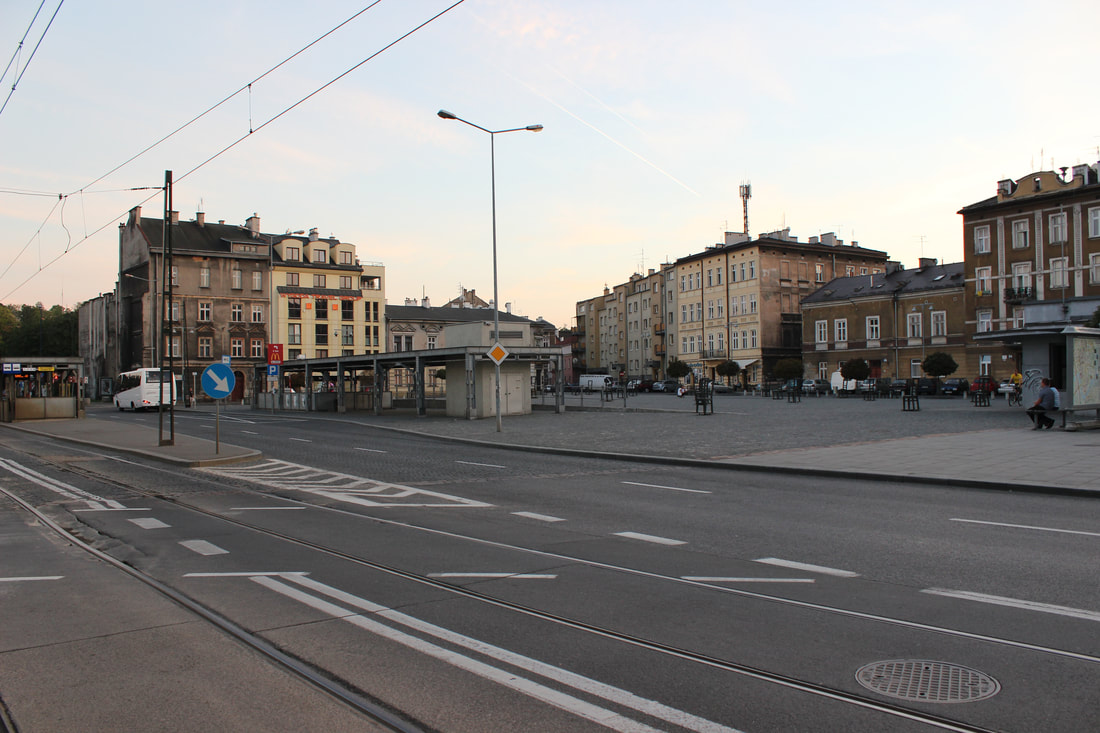
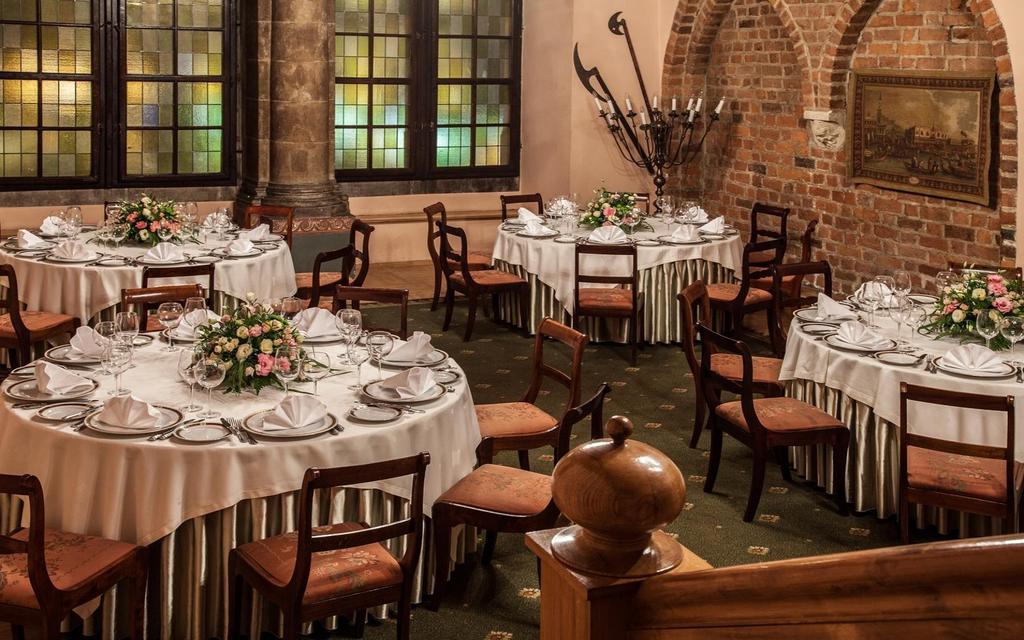
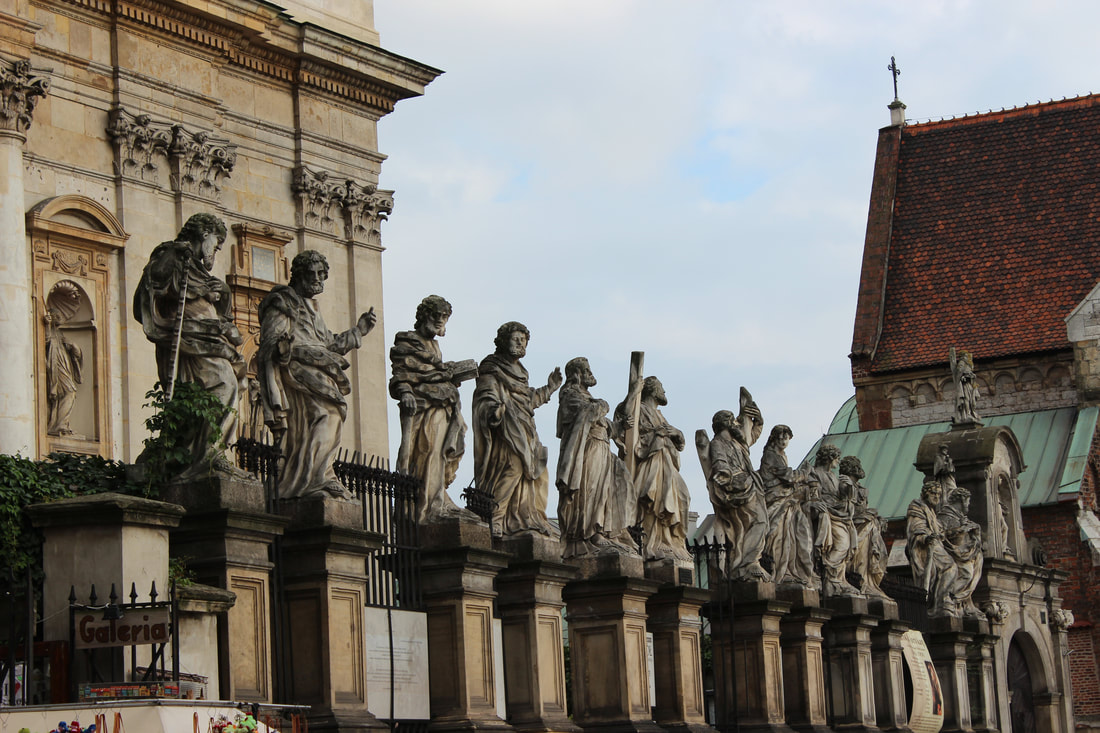


 RSS Feed
RSS Feed